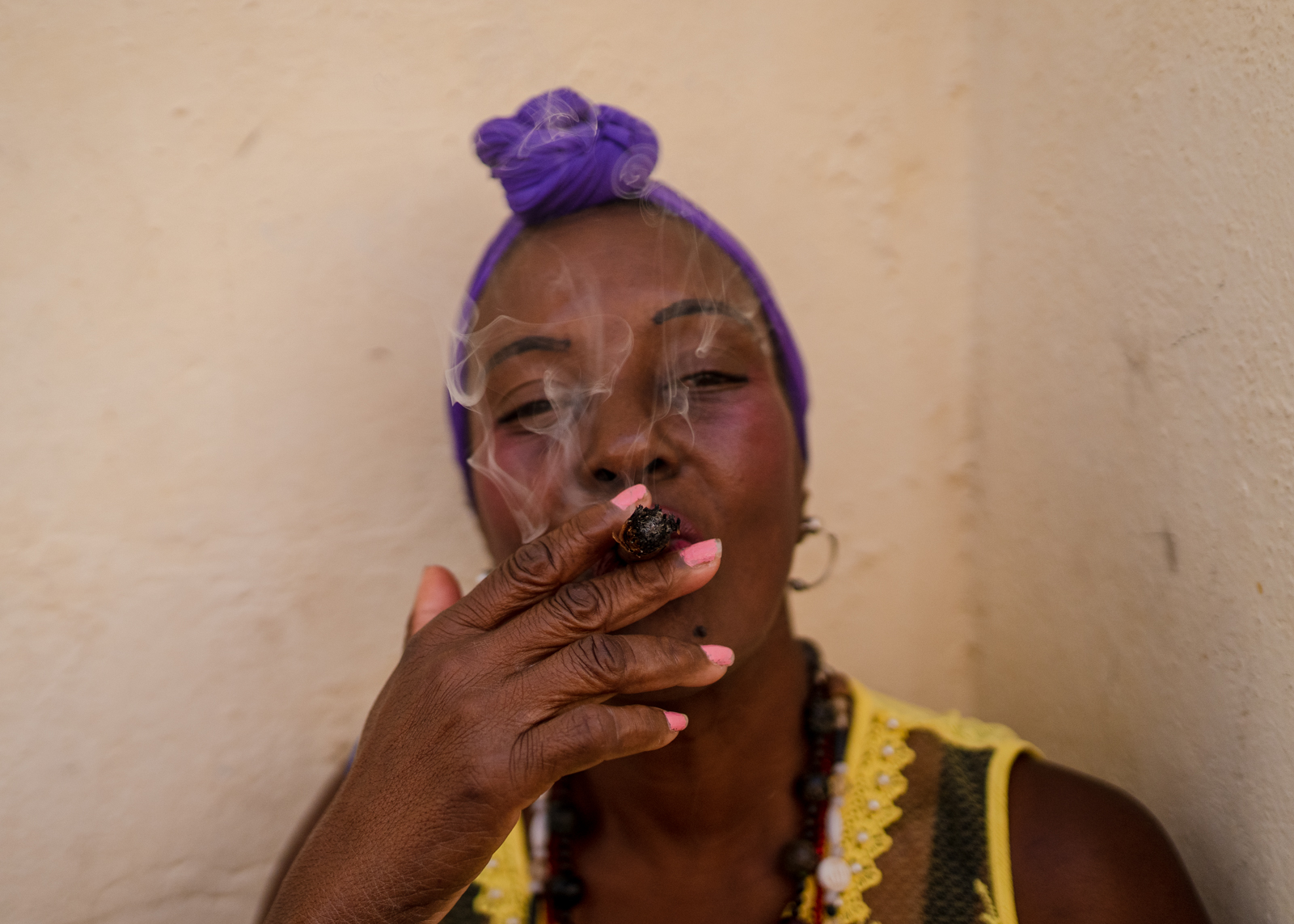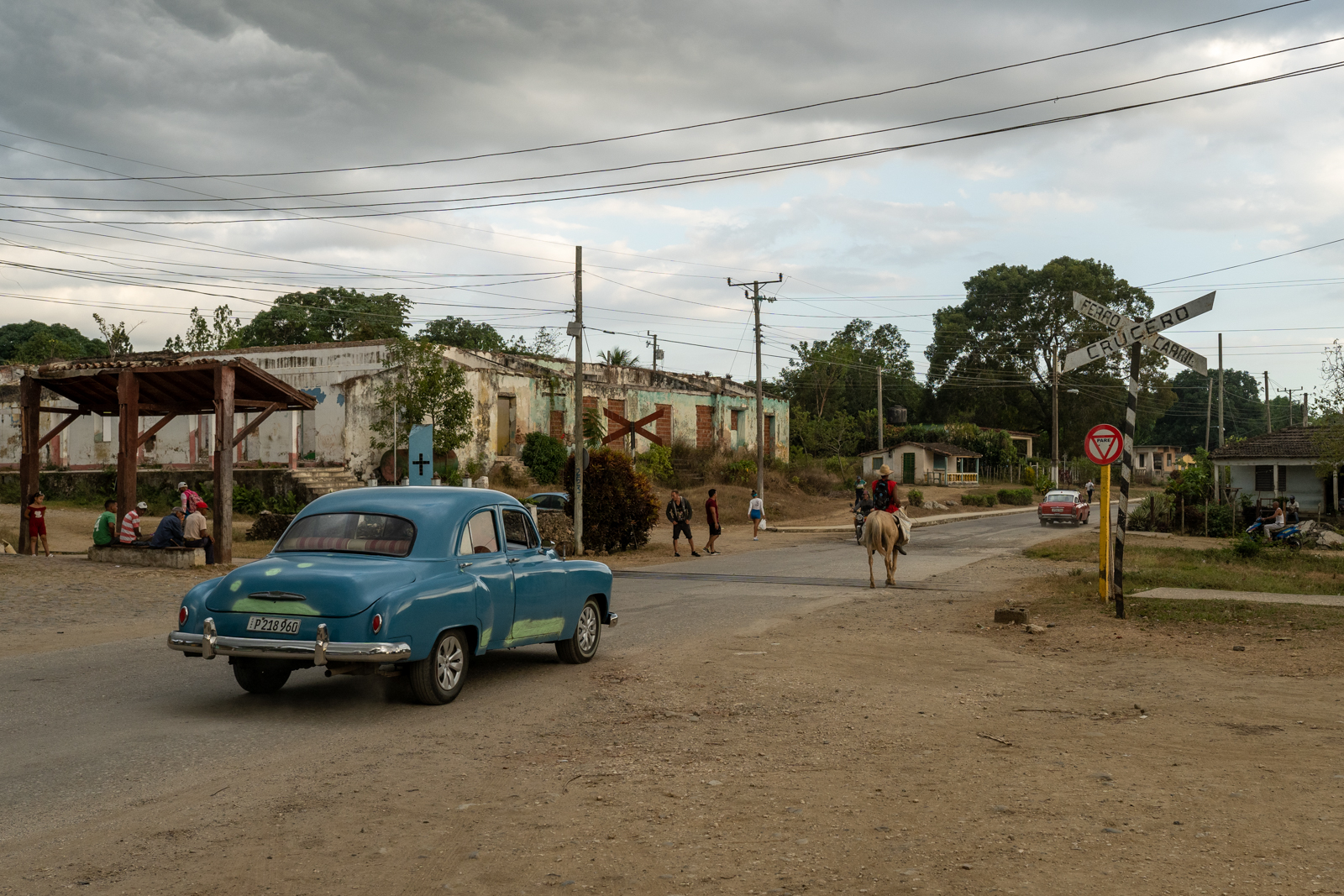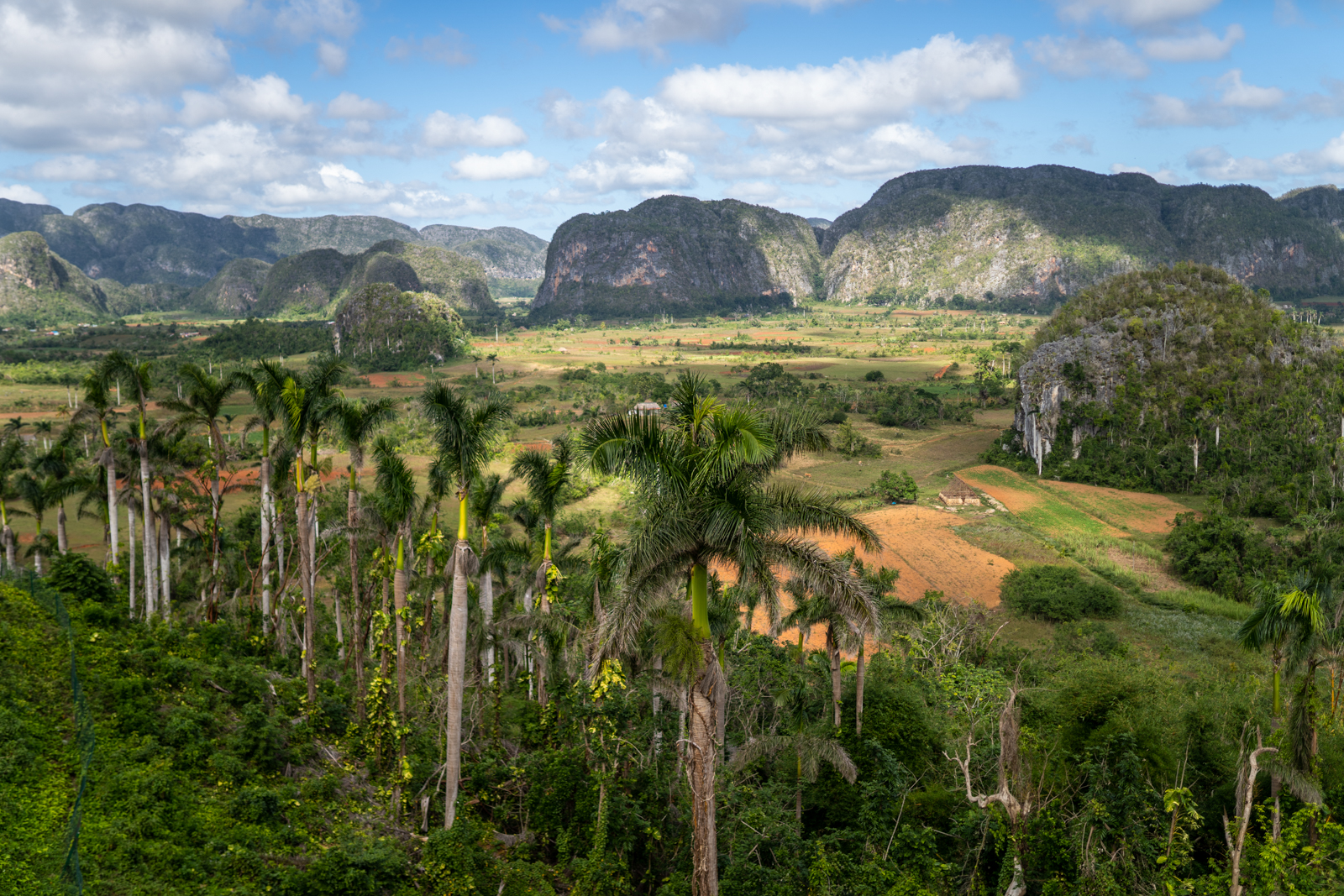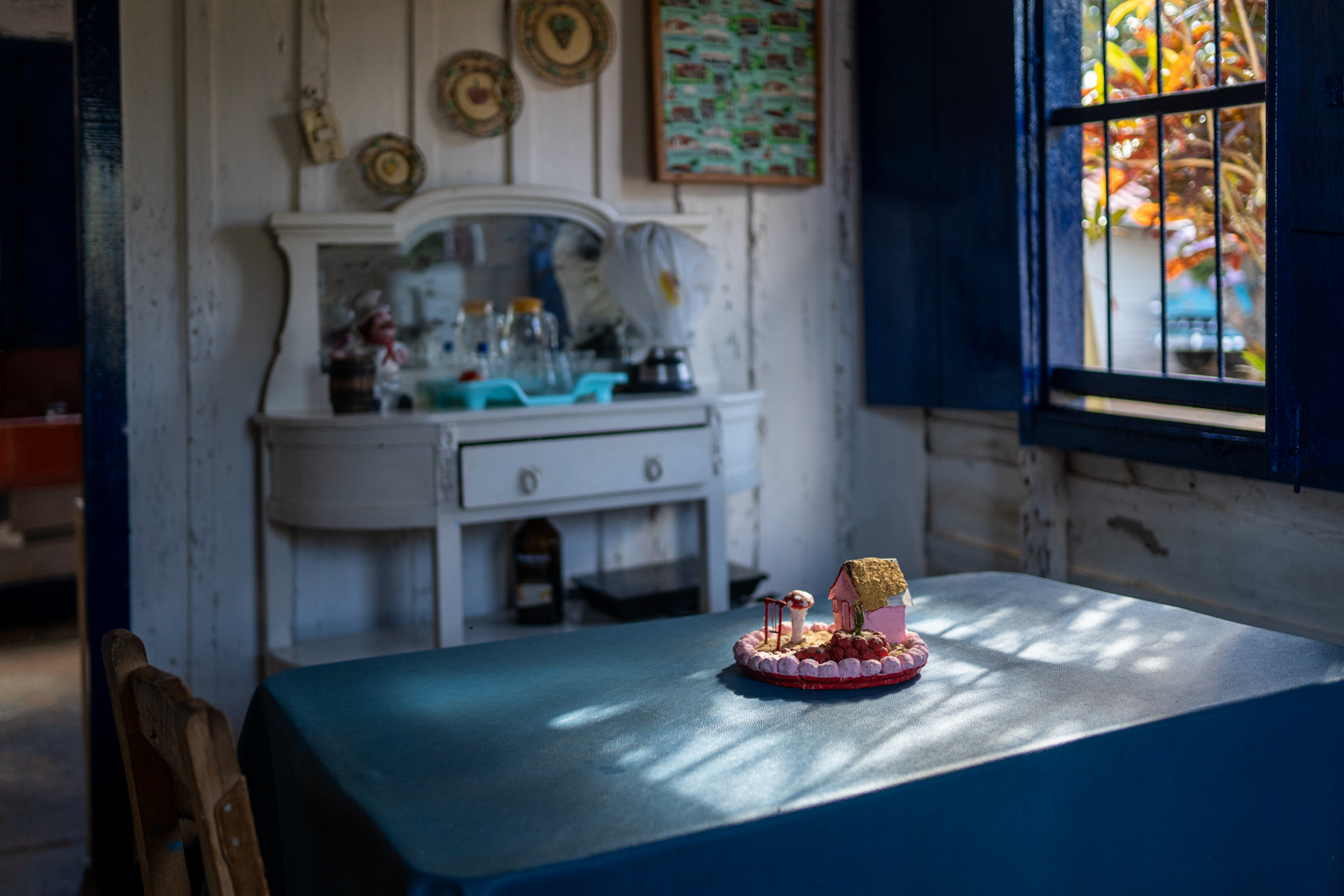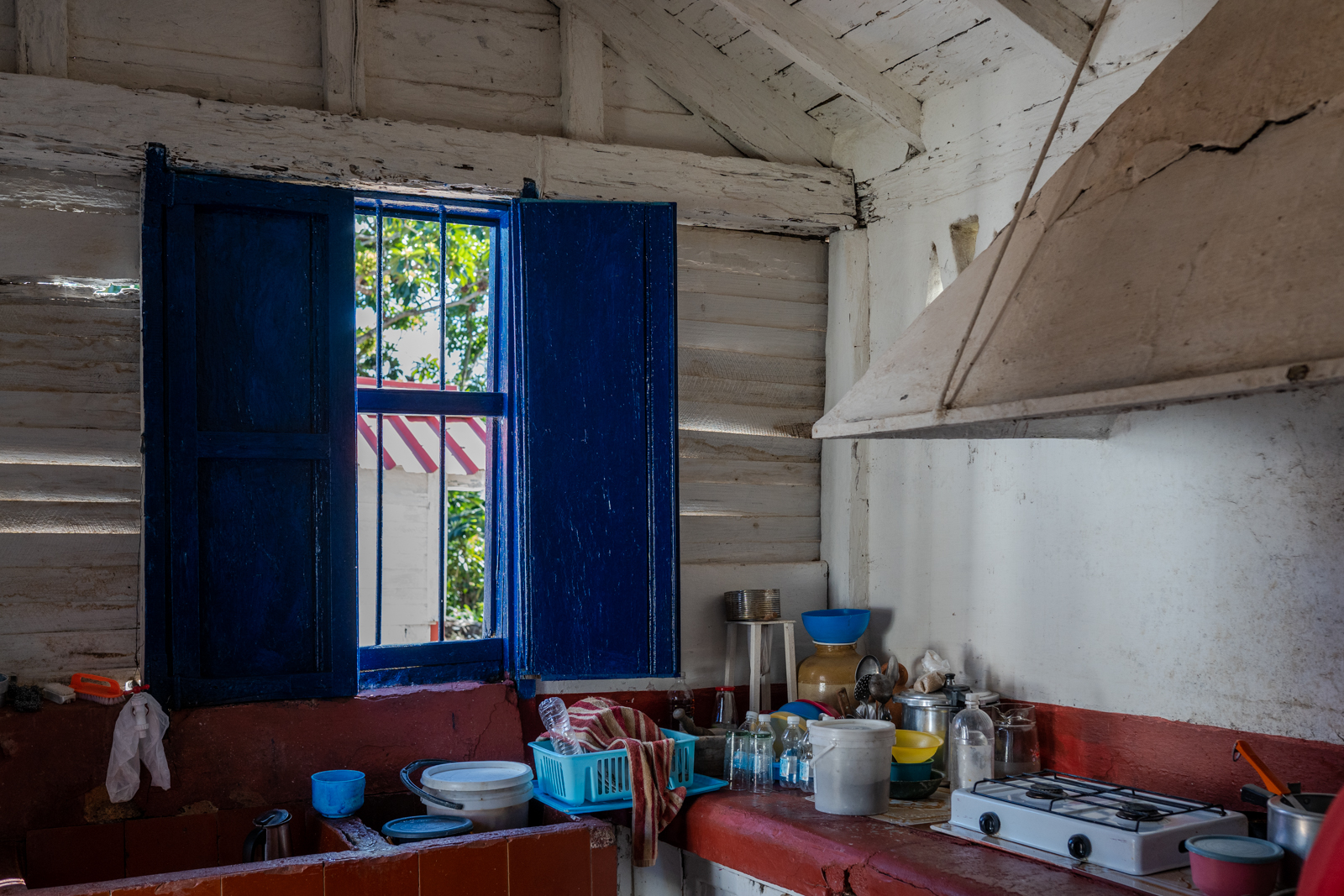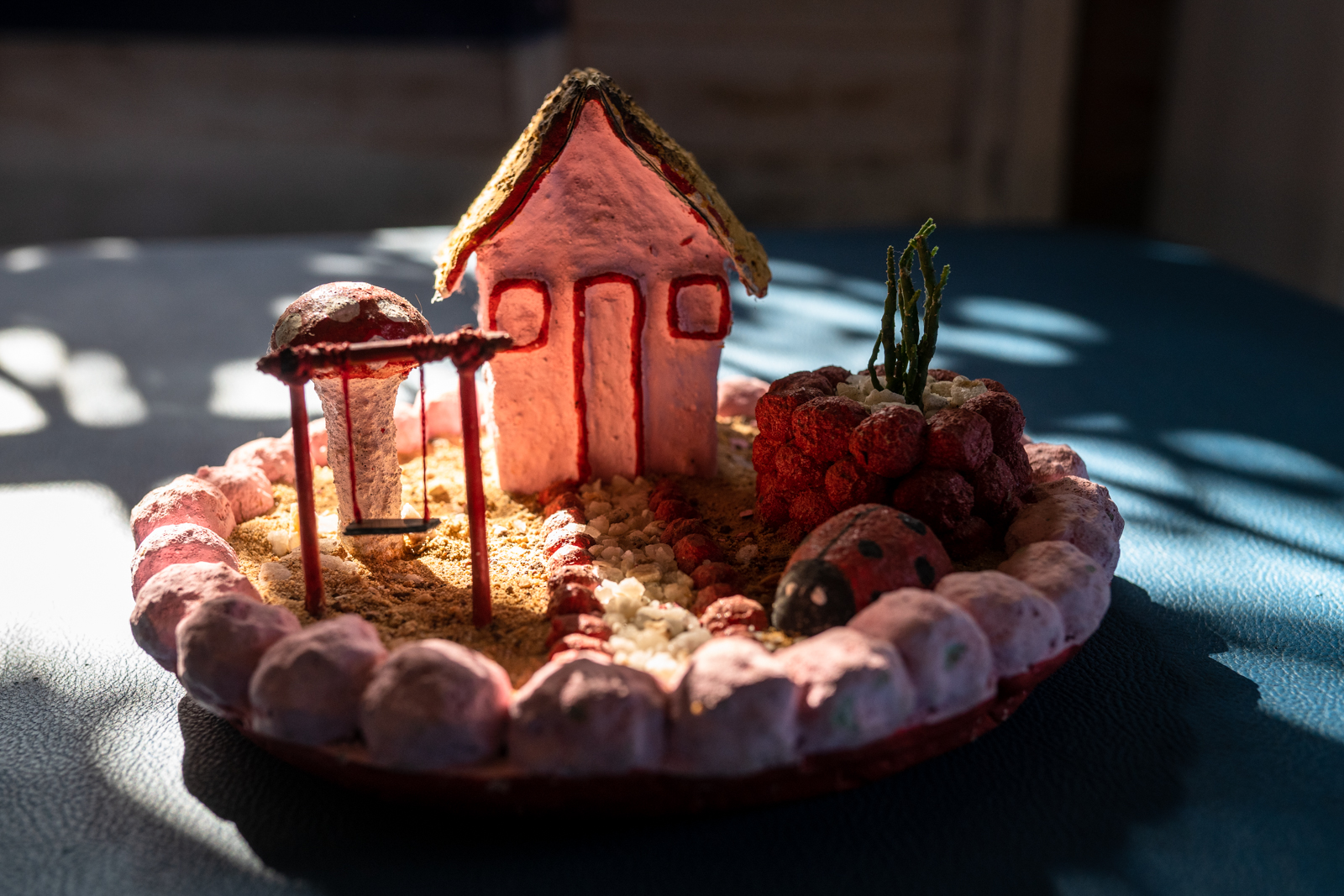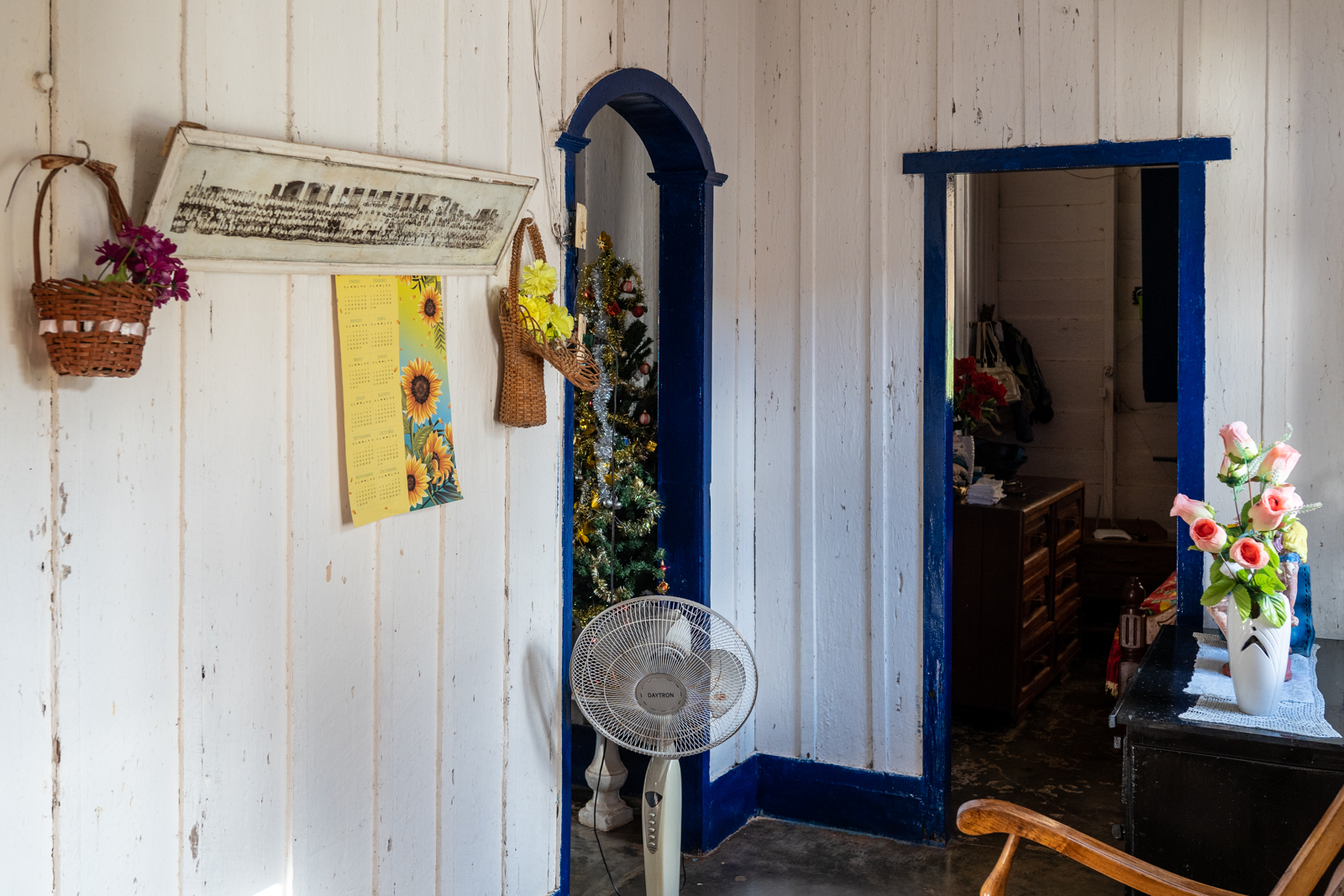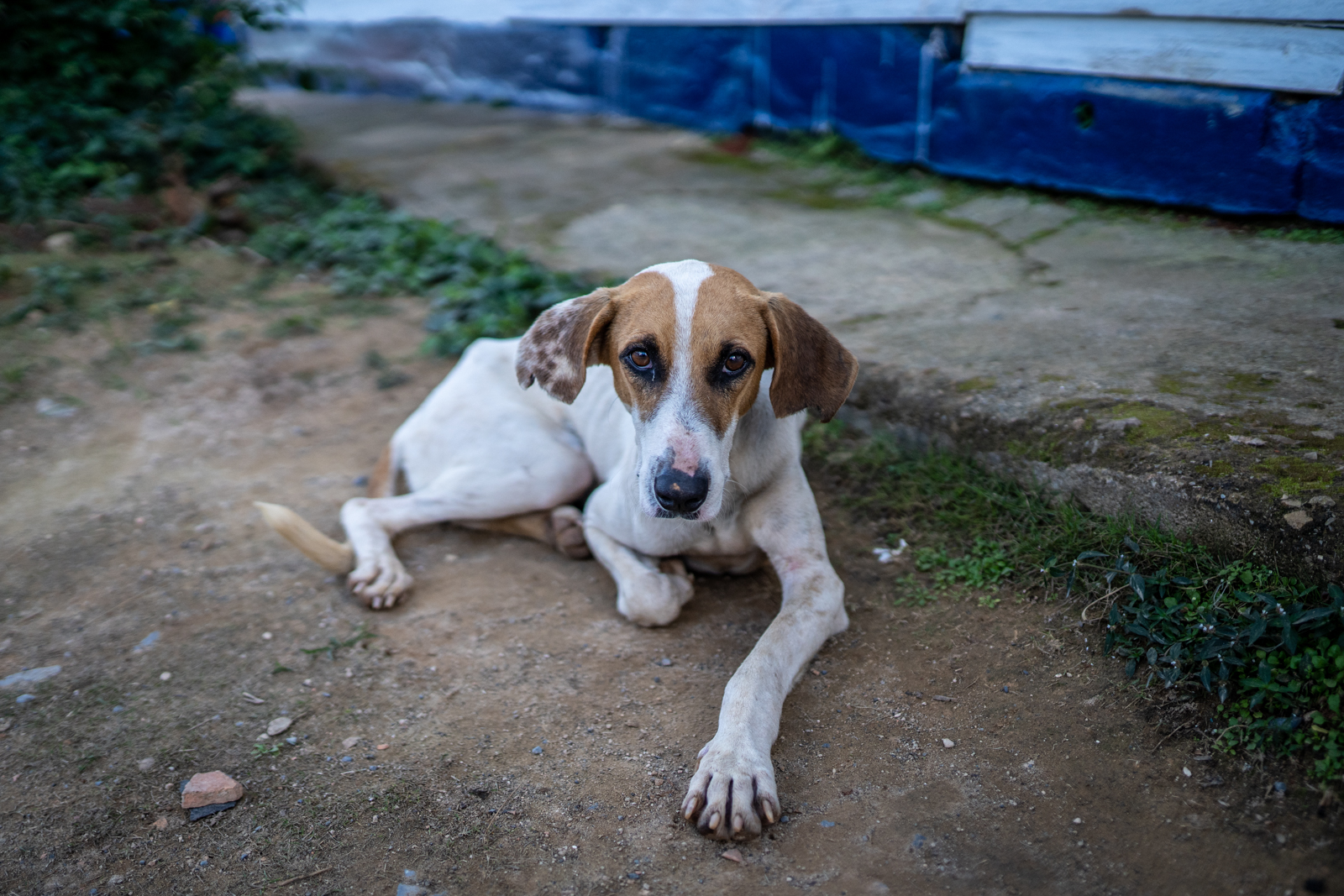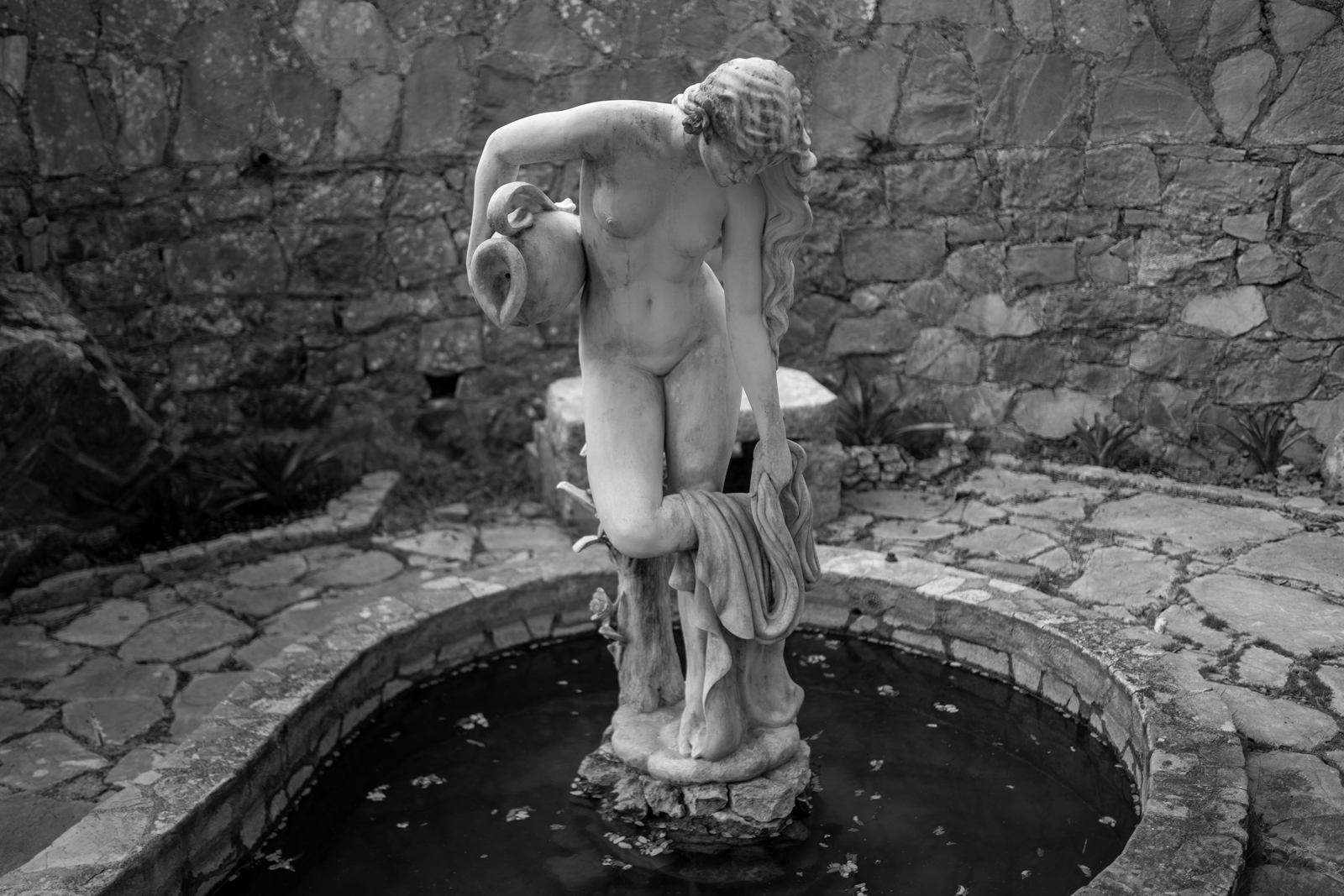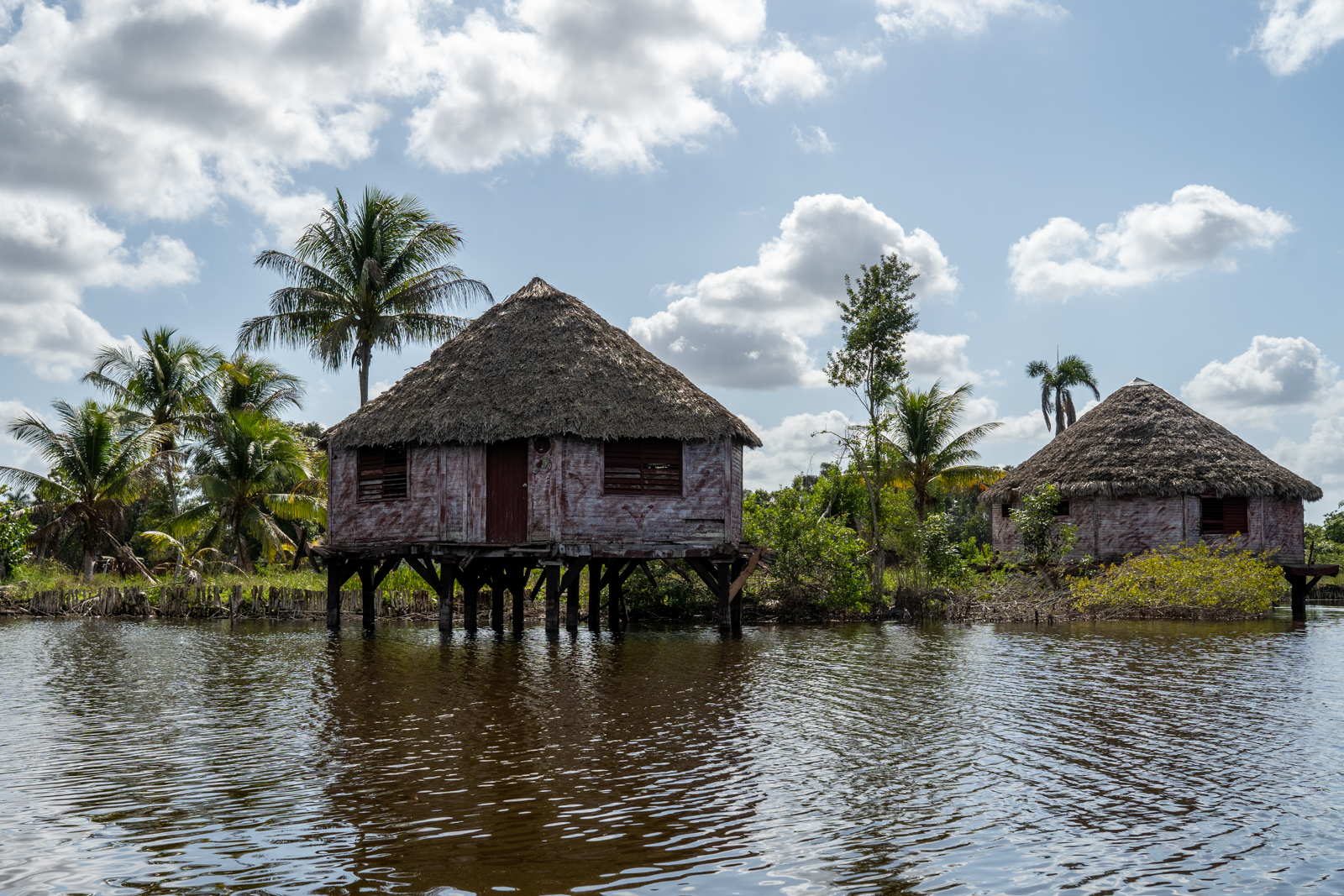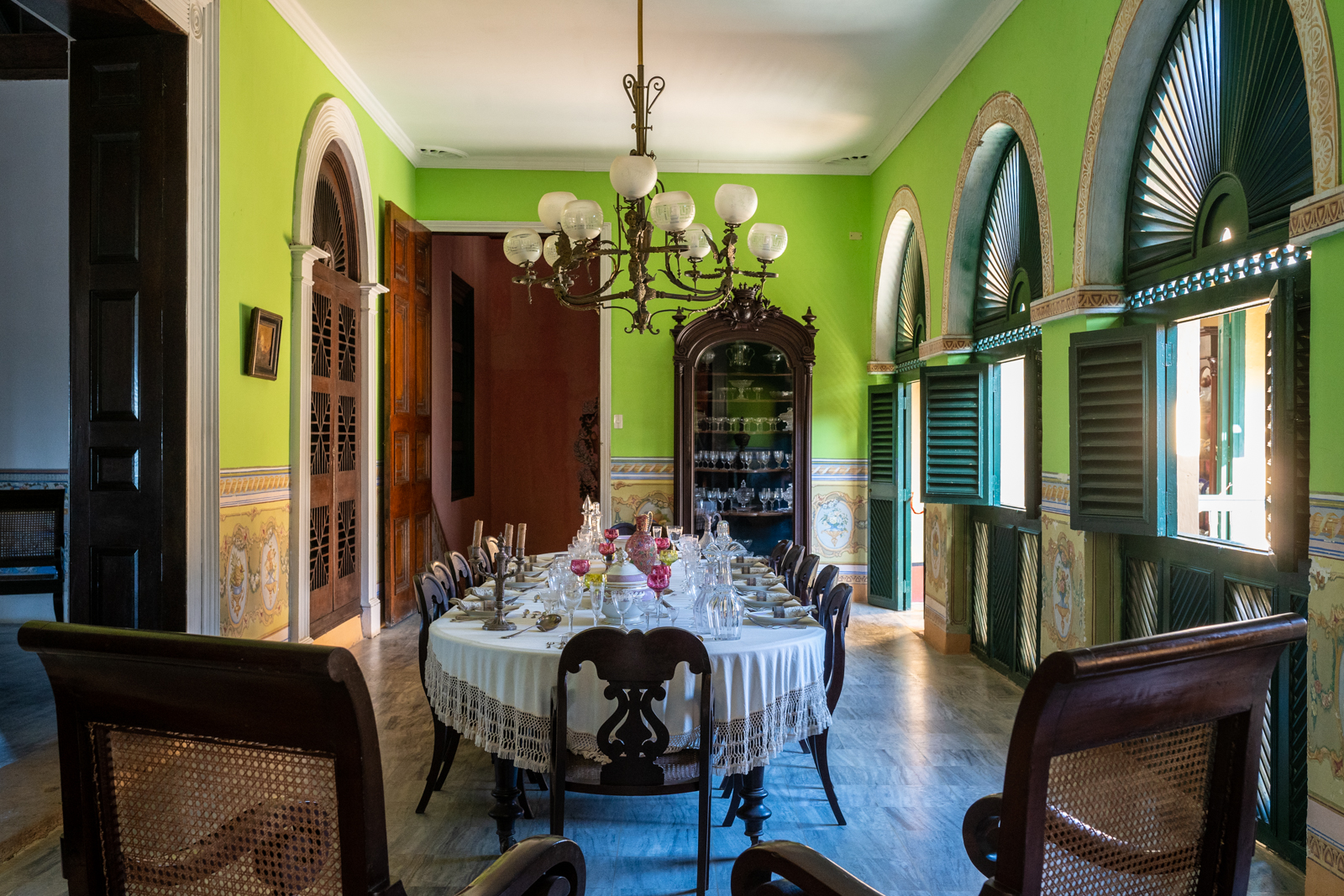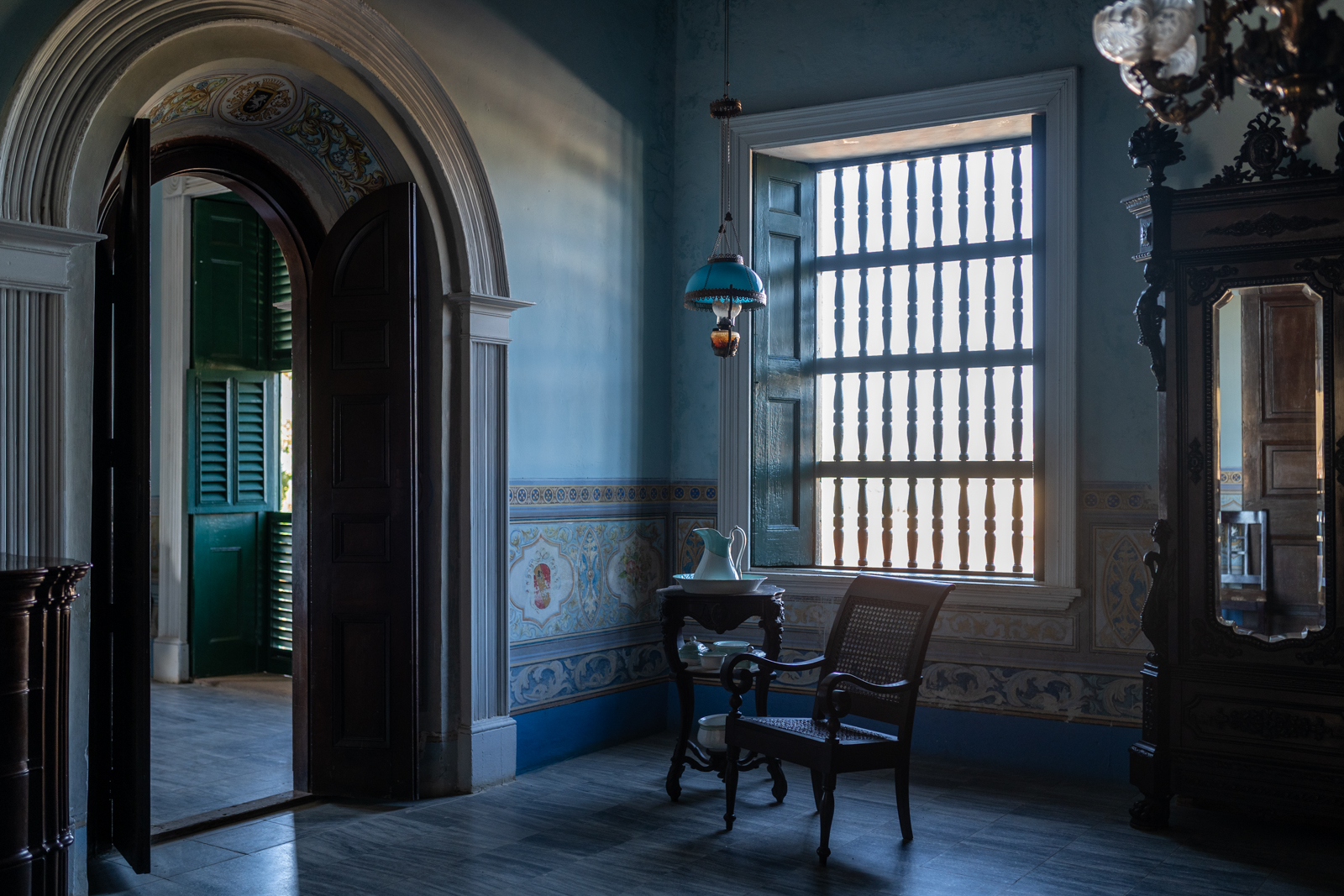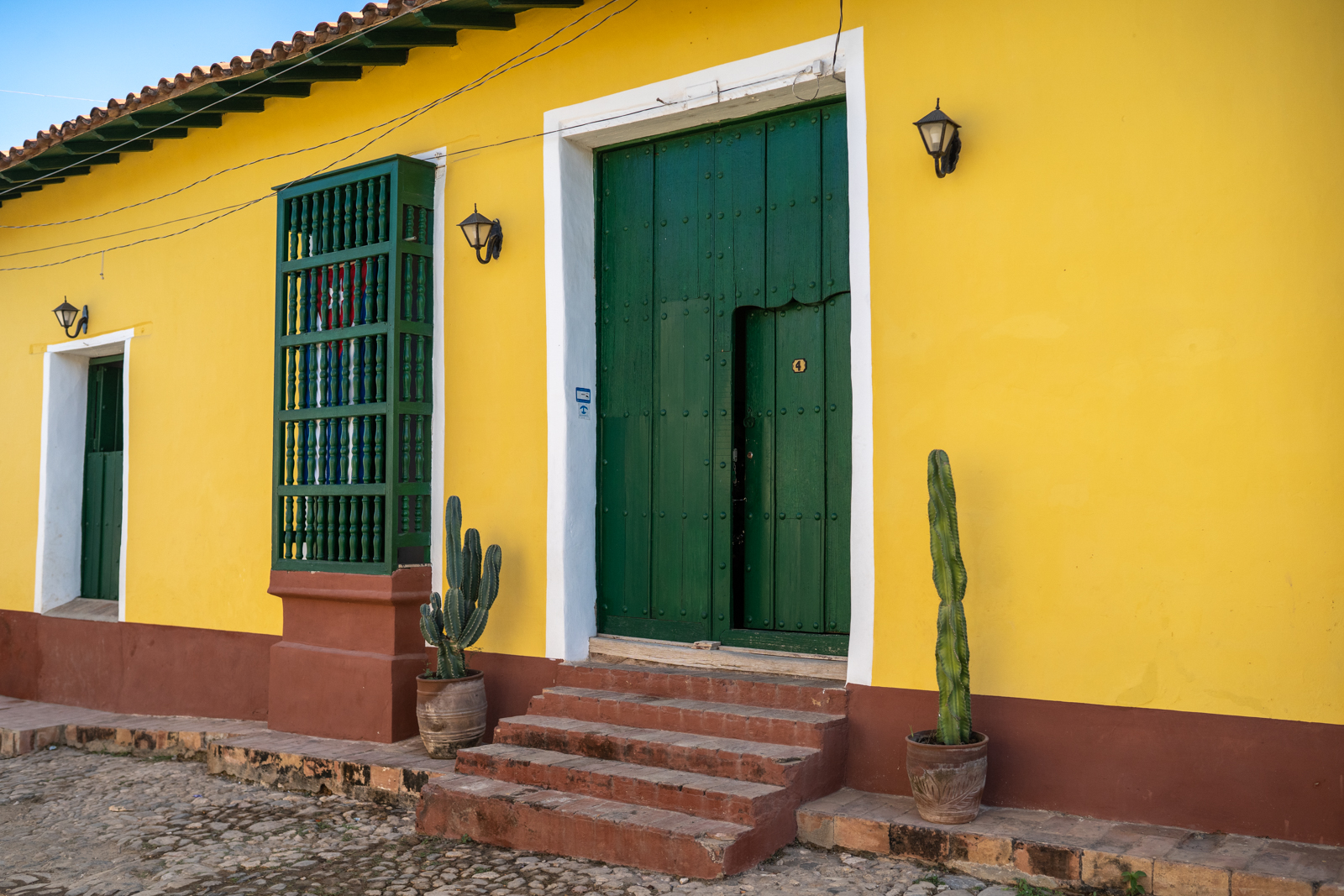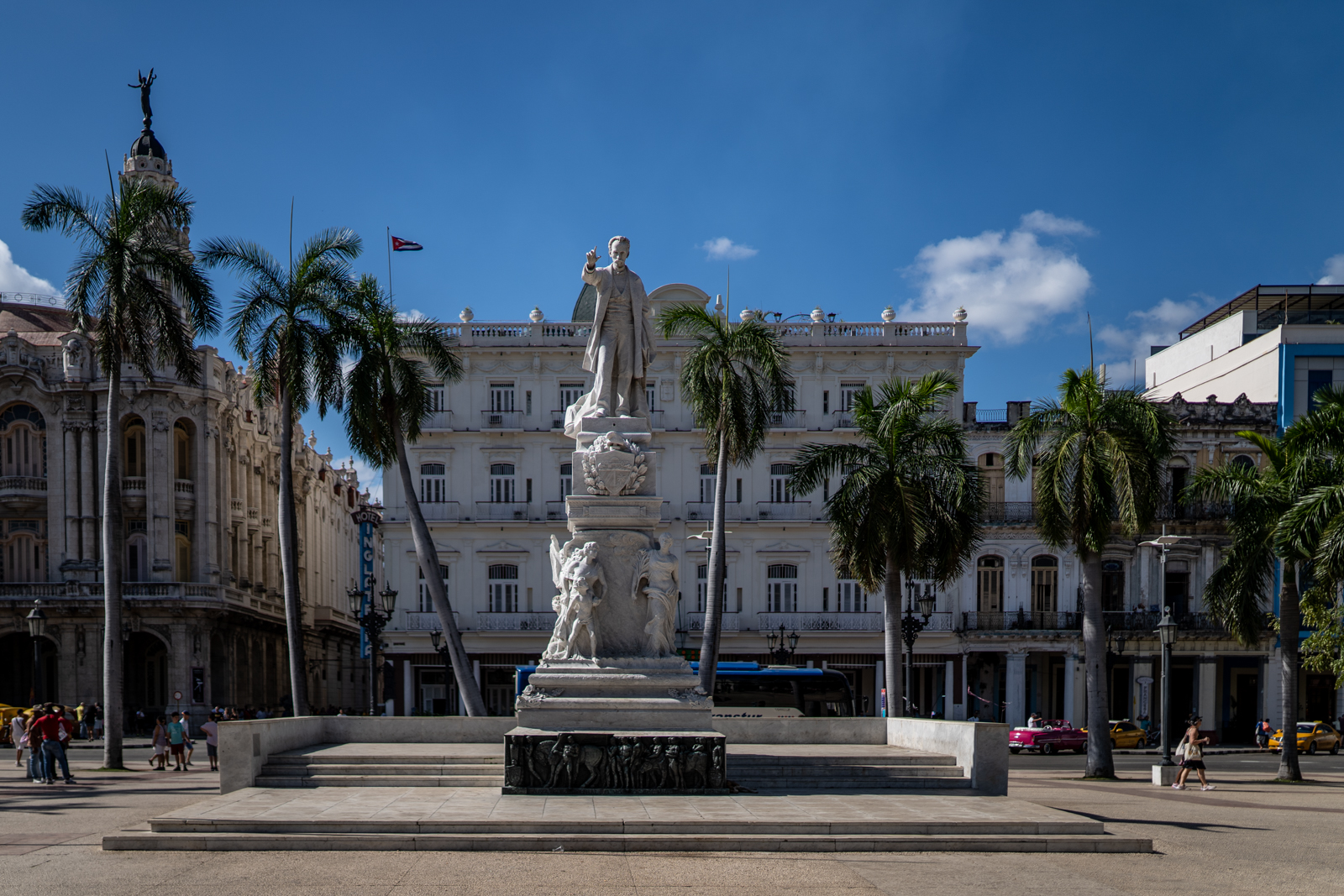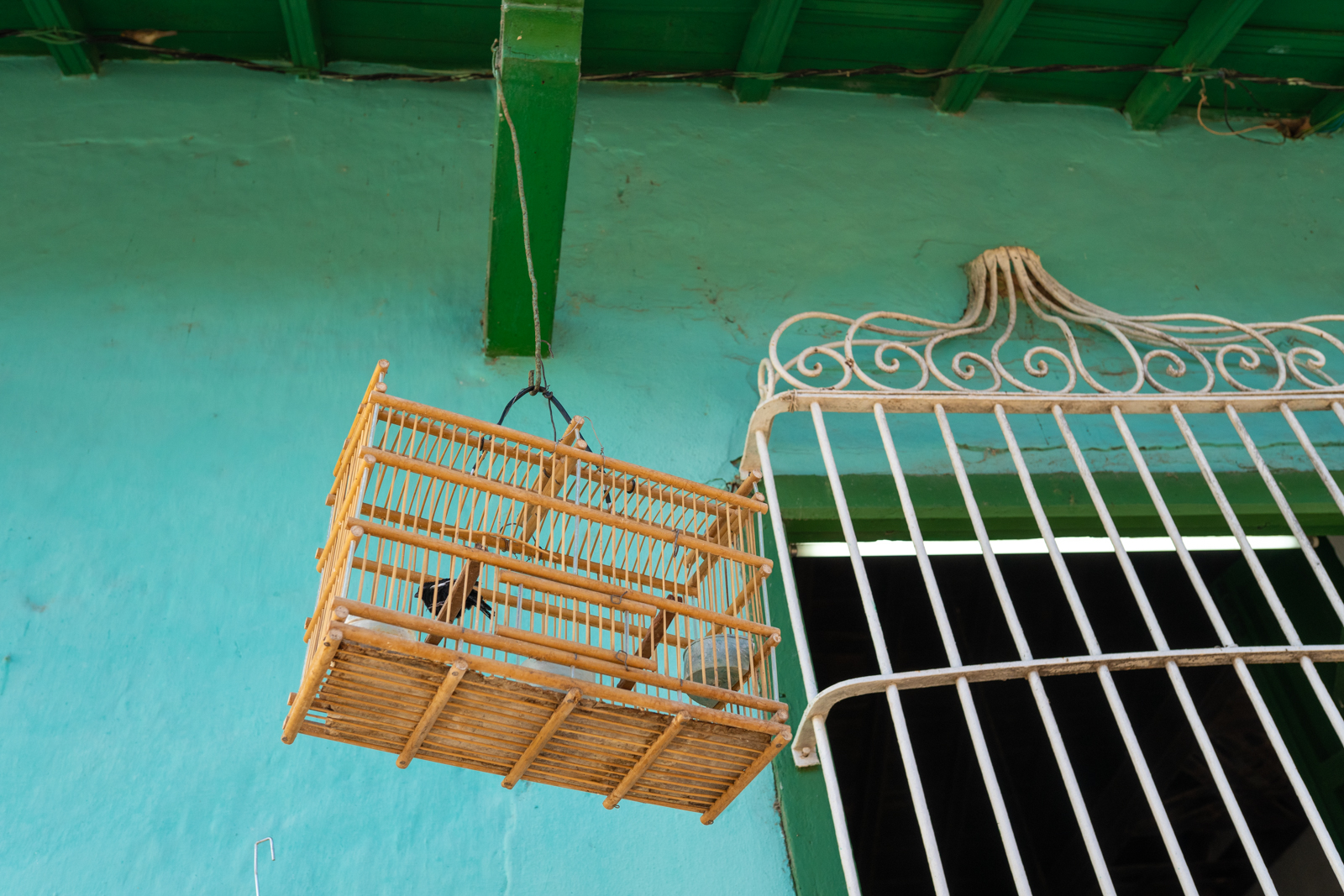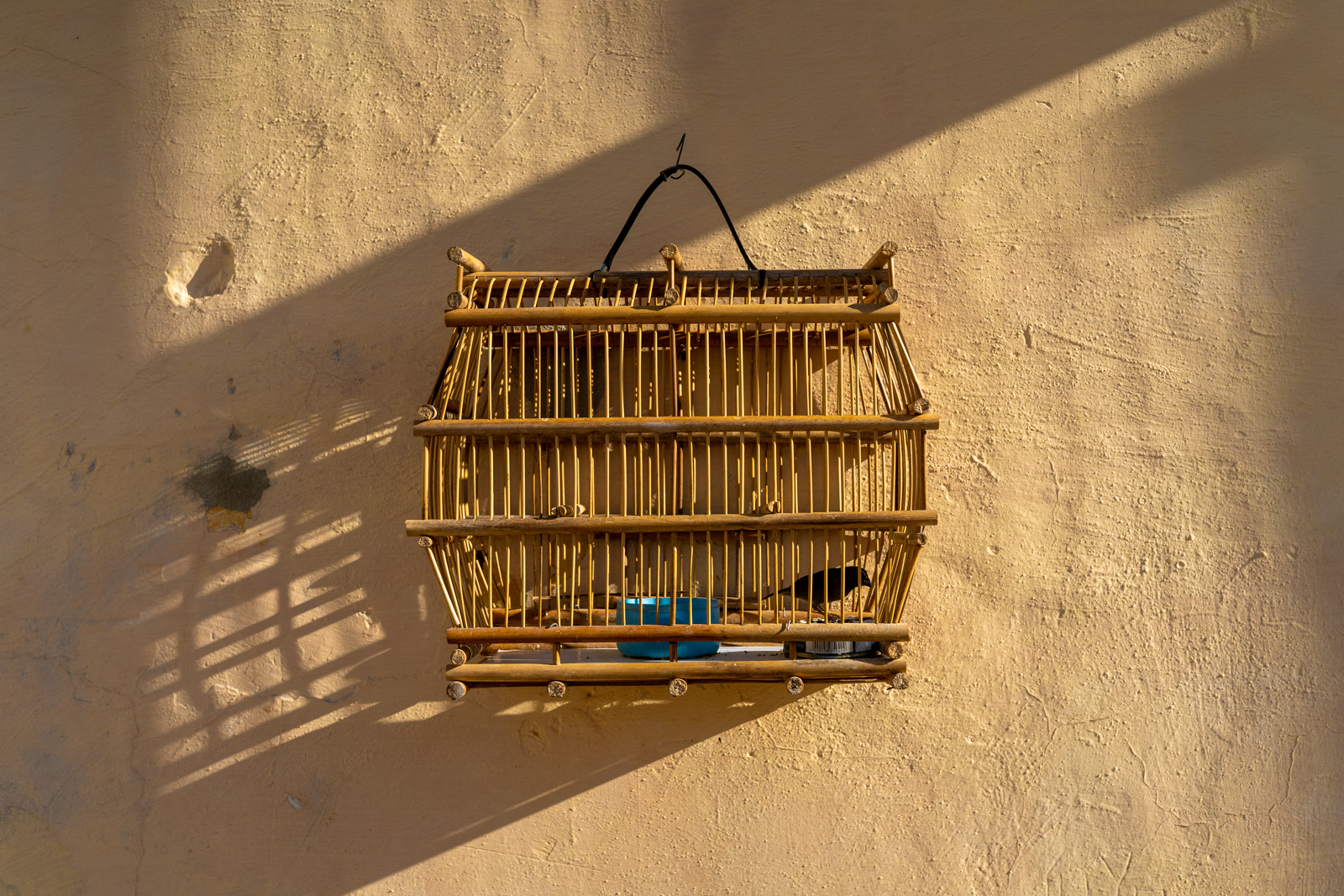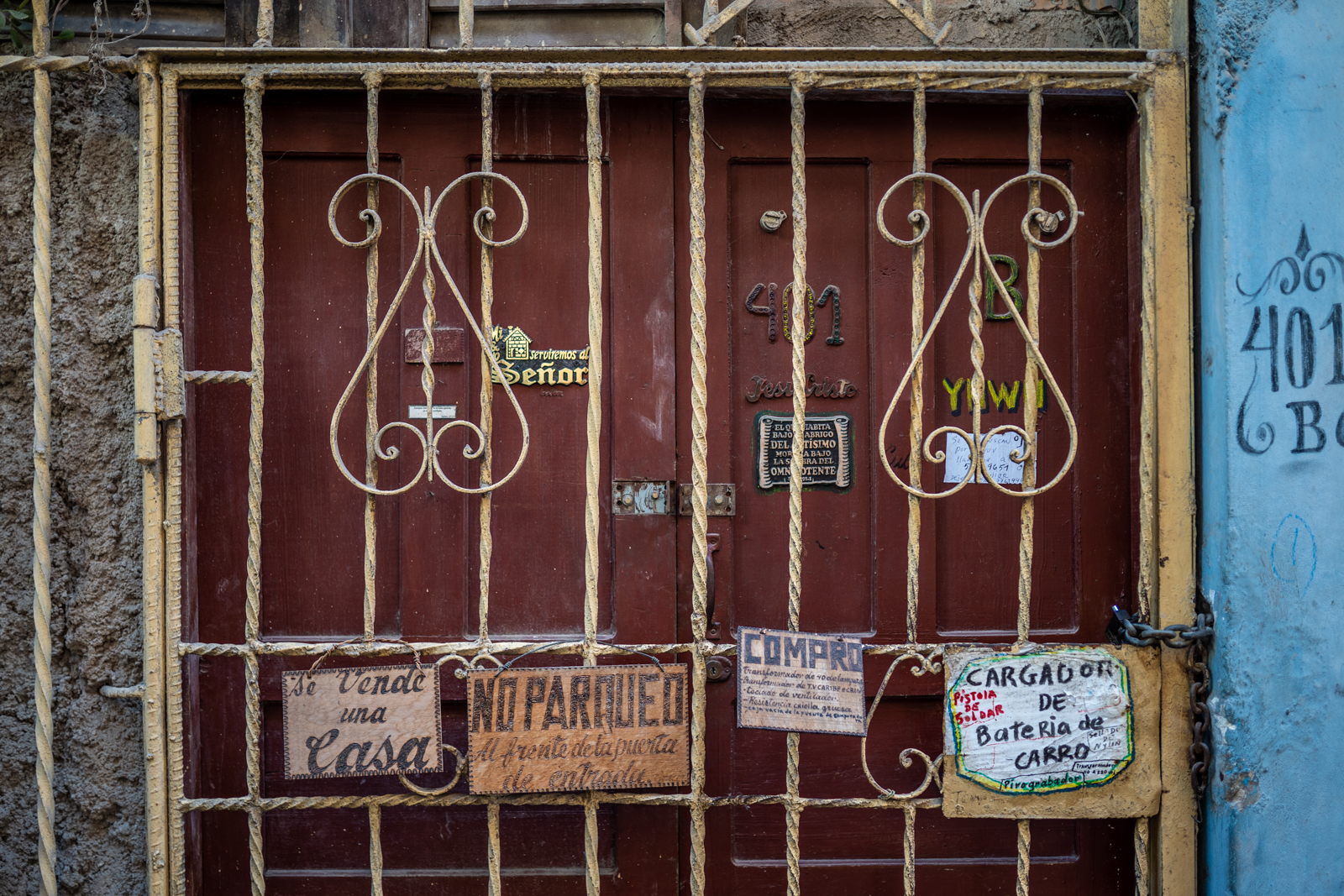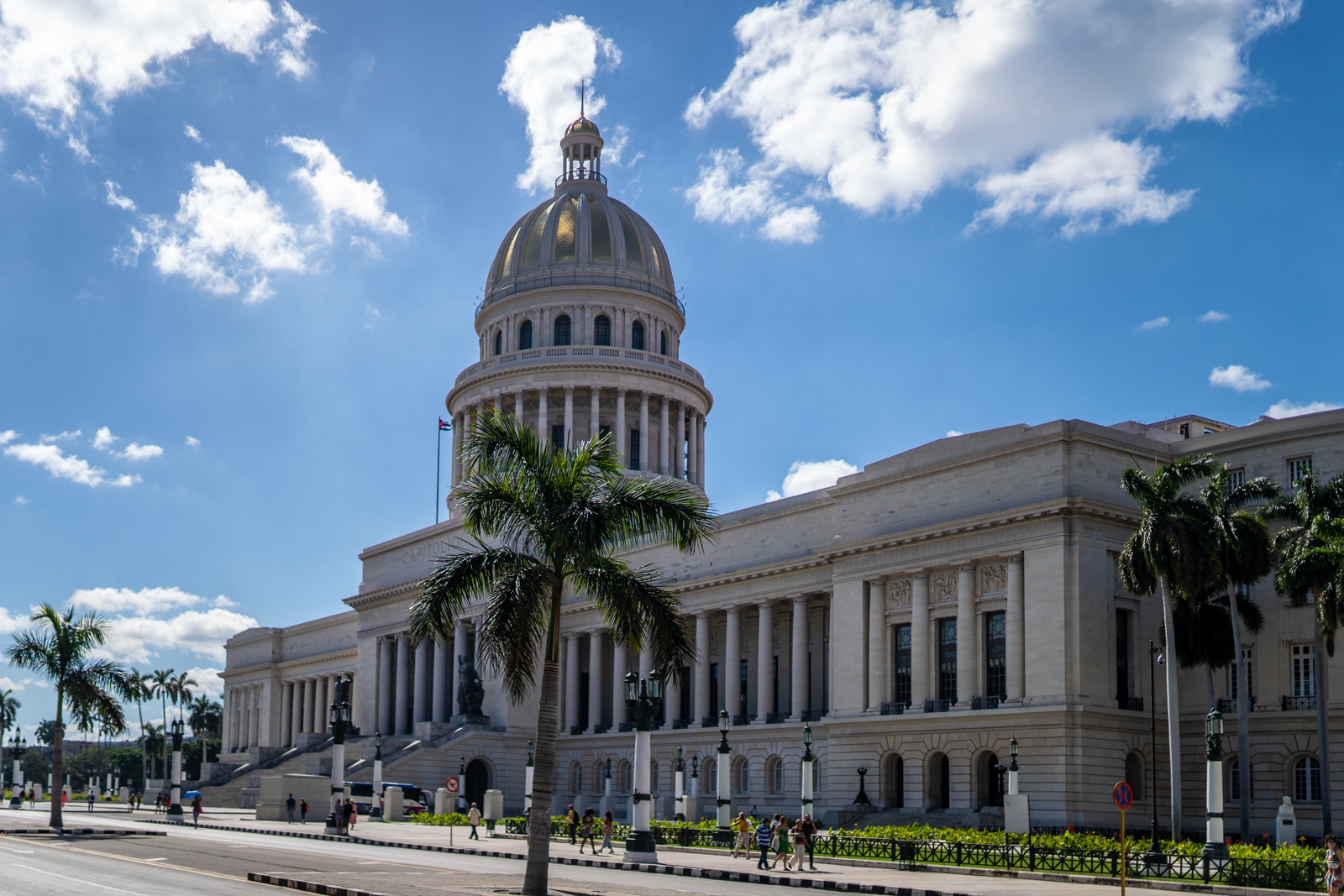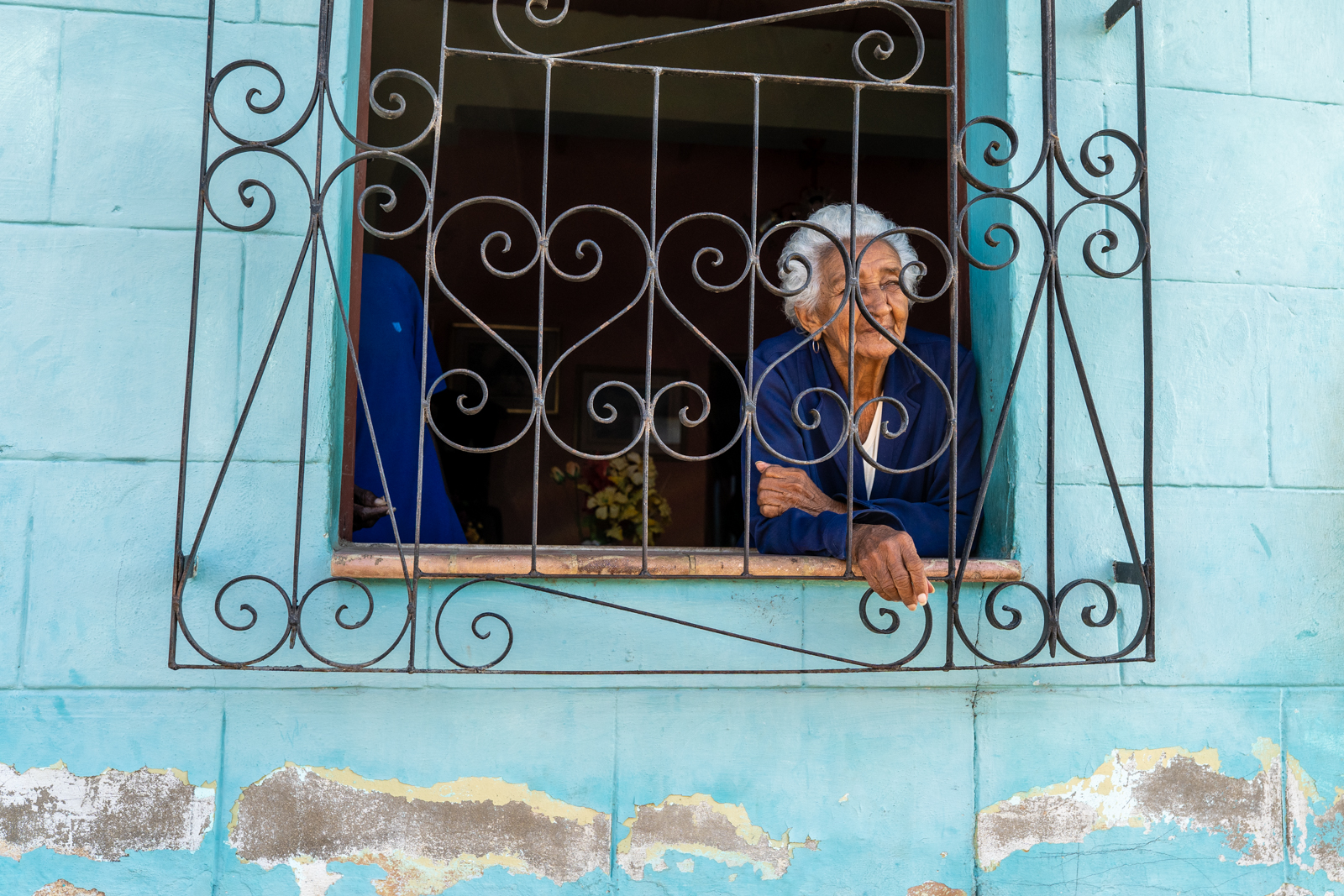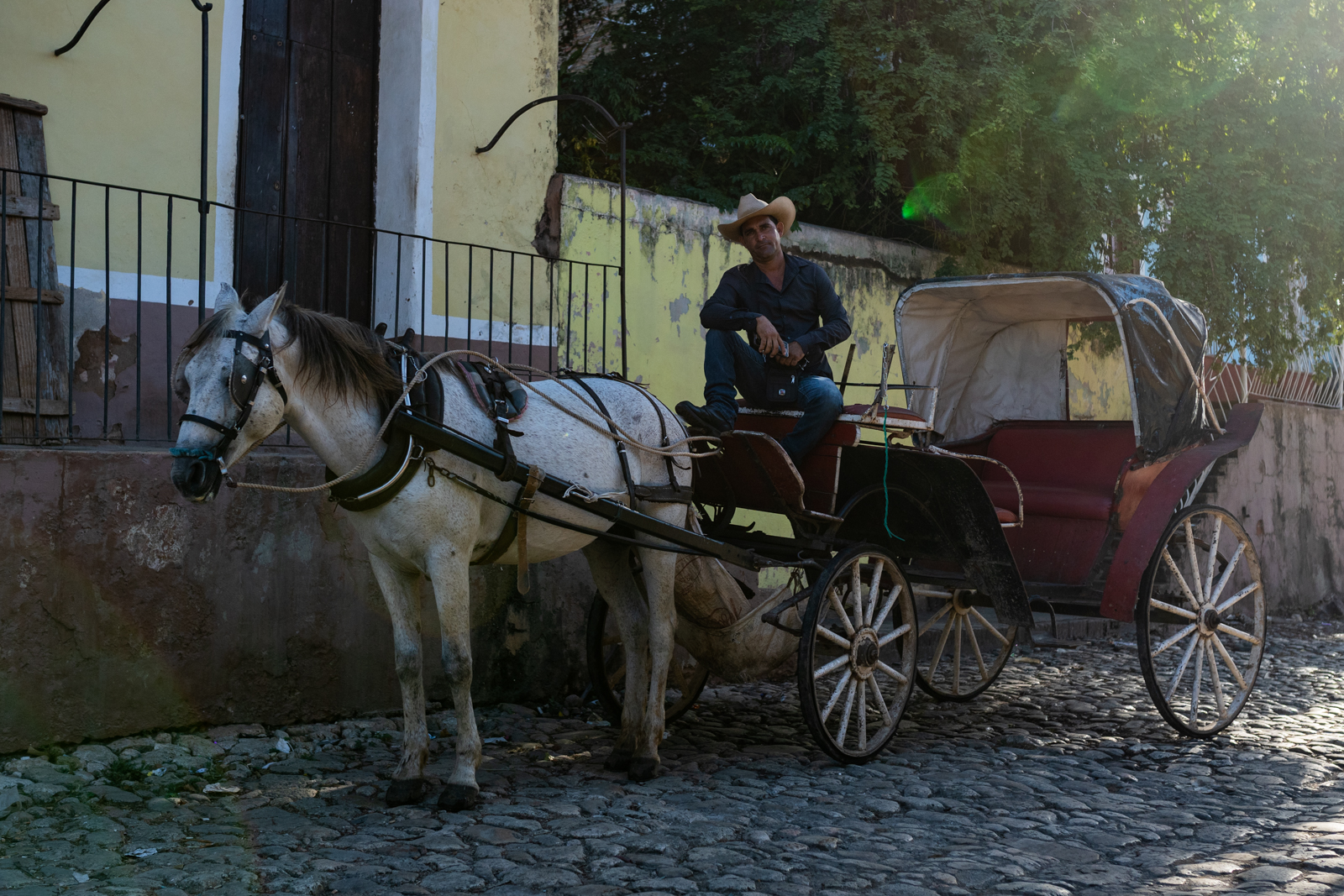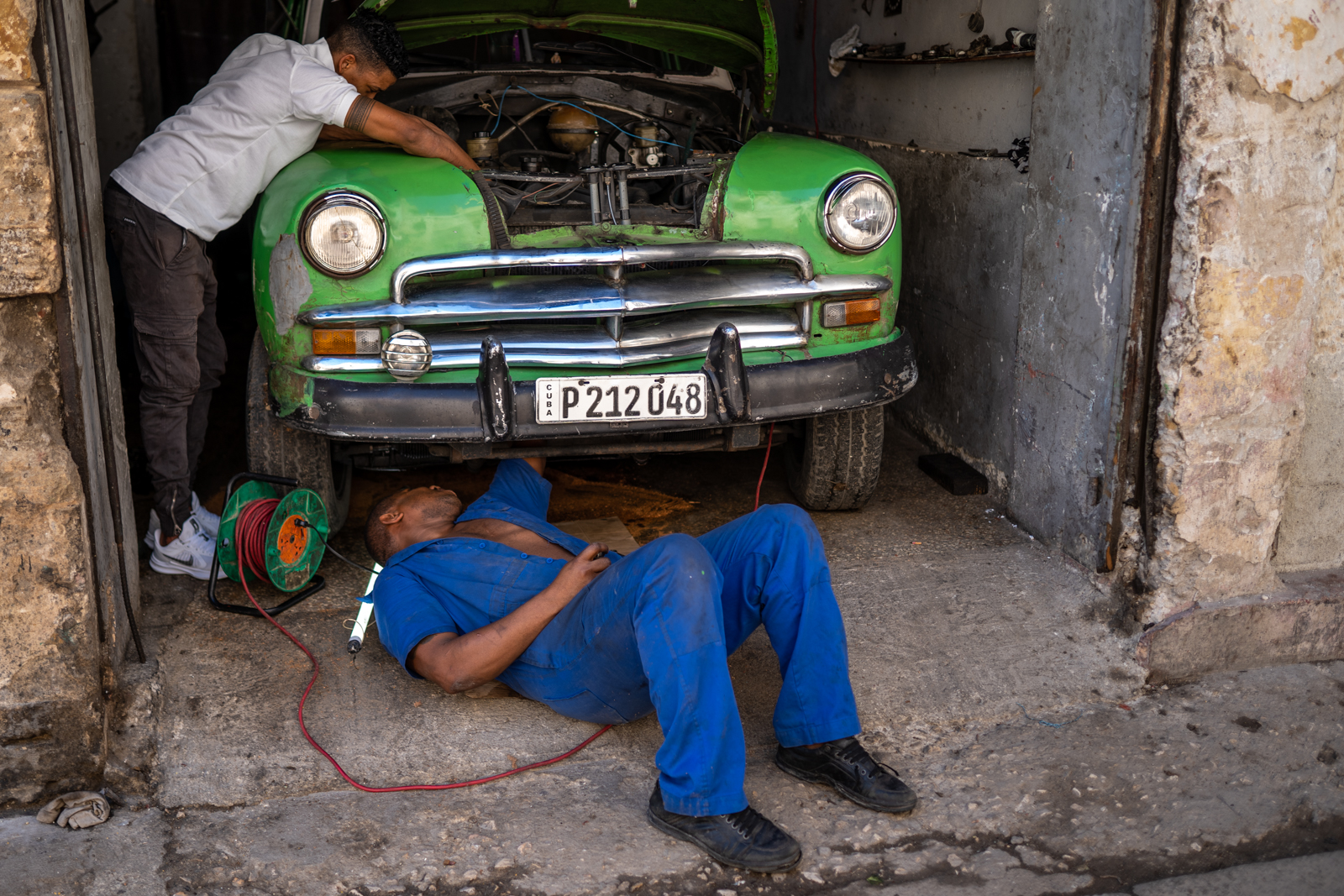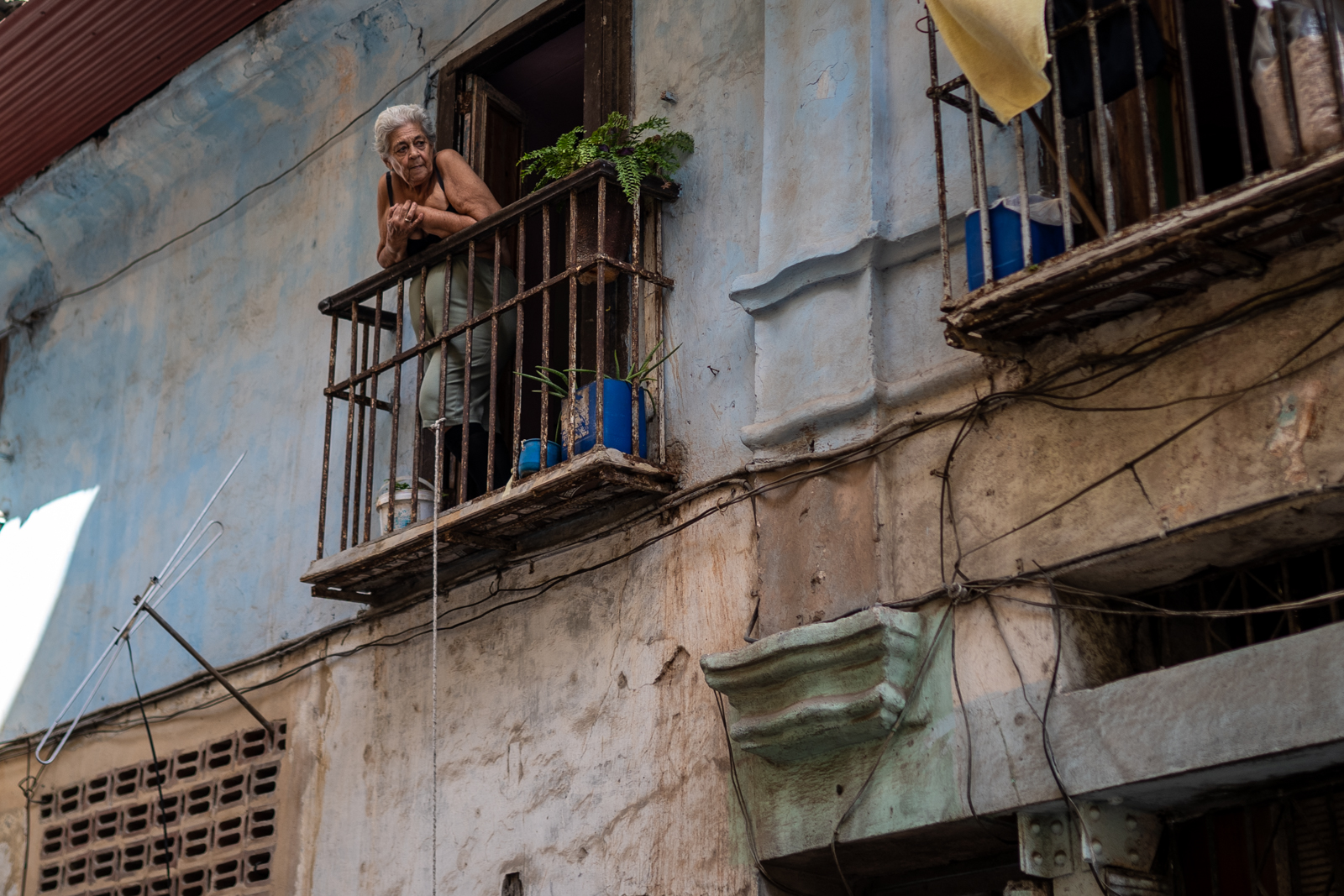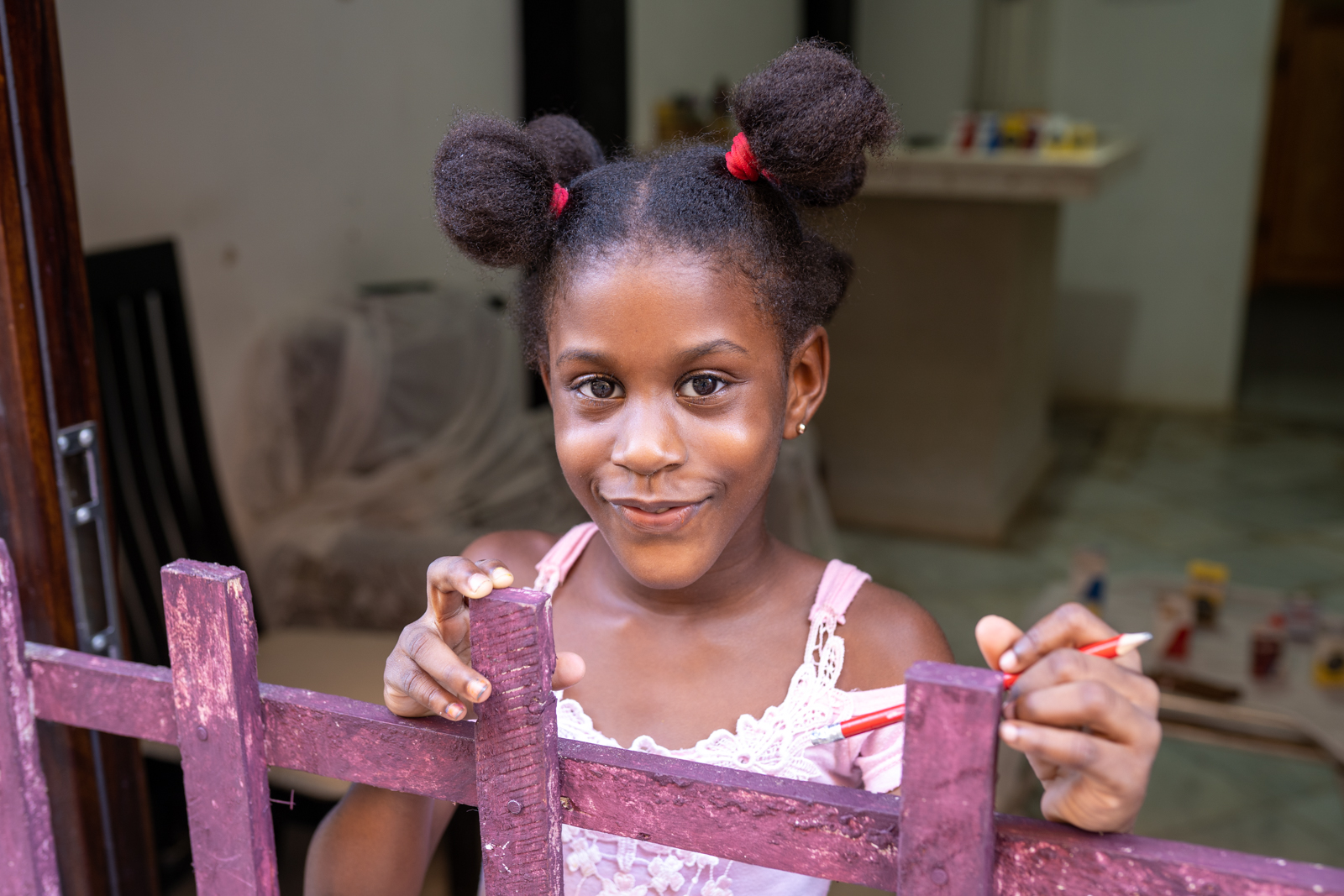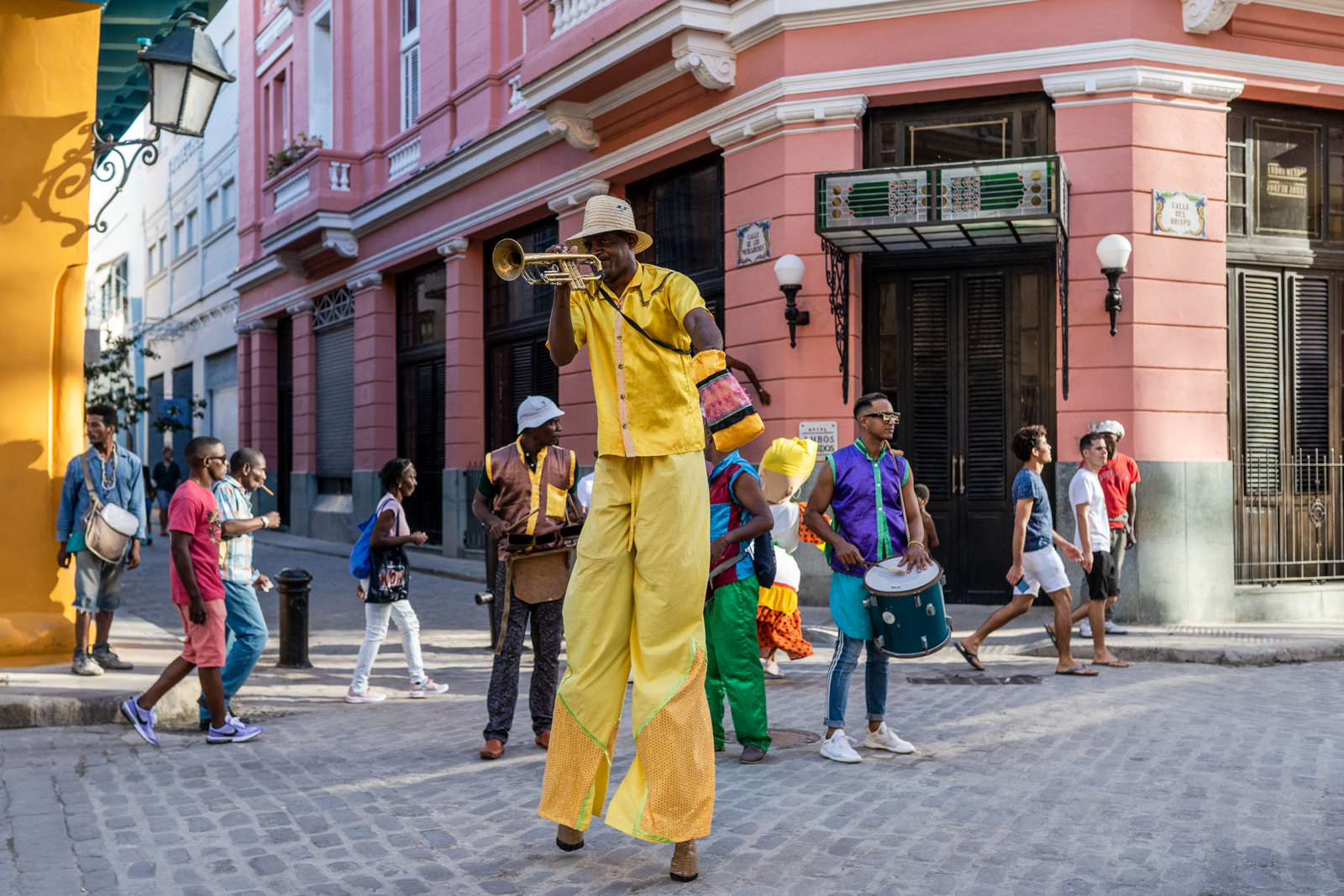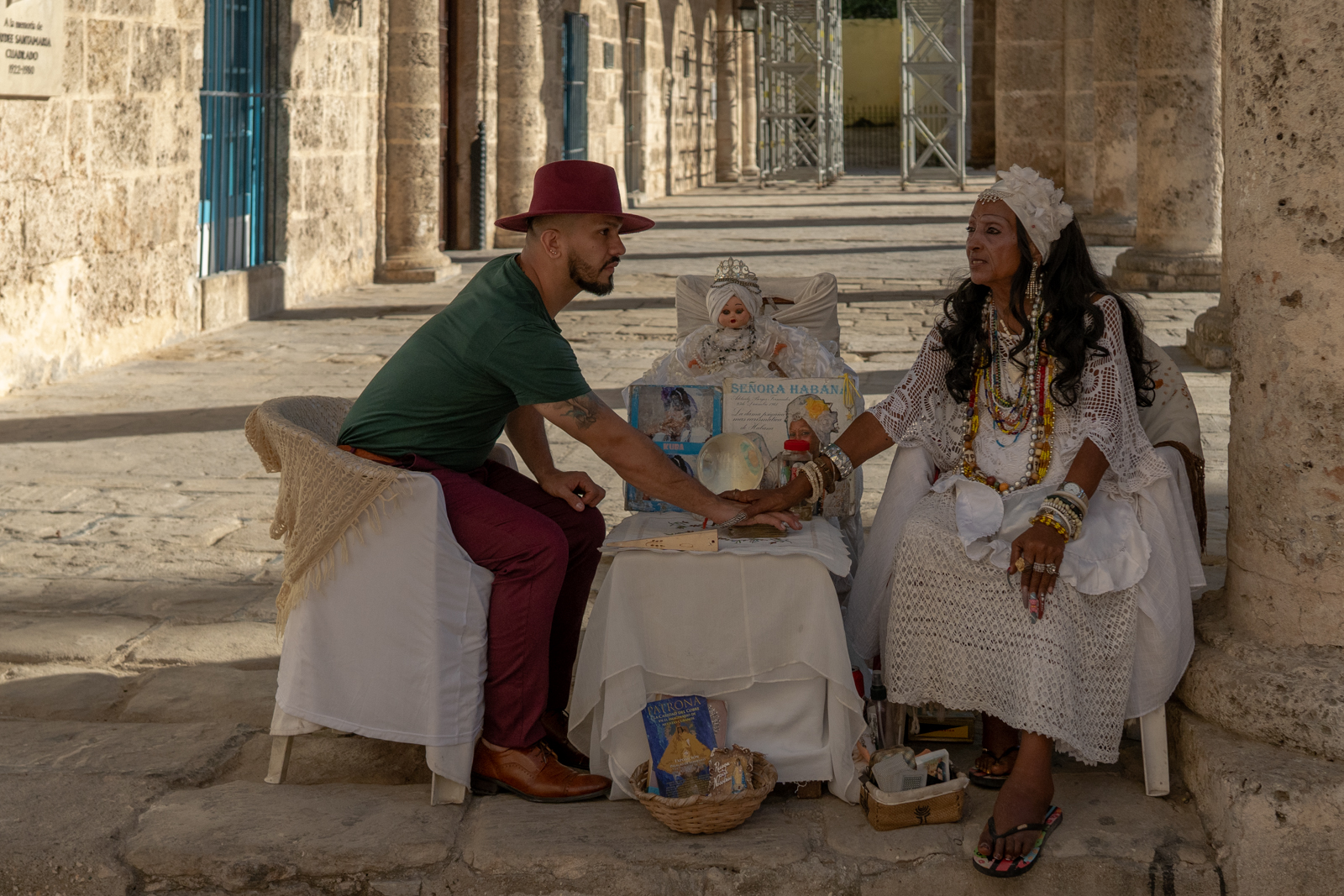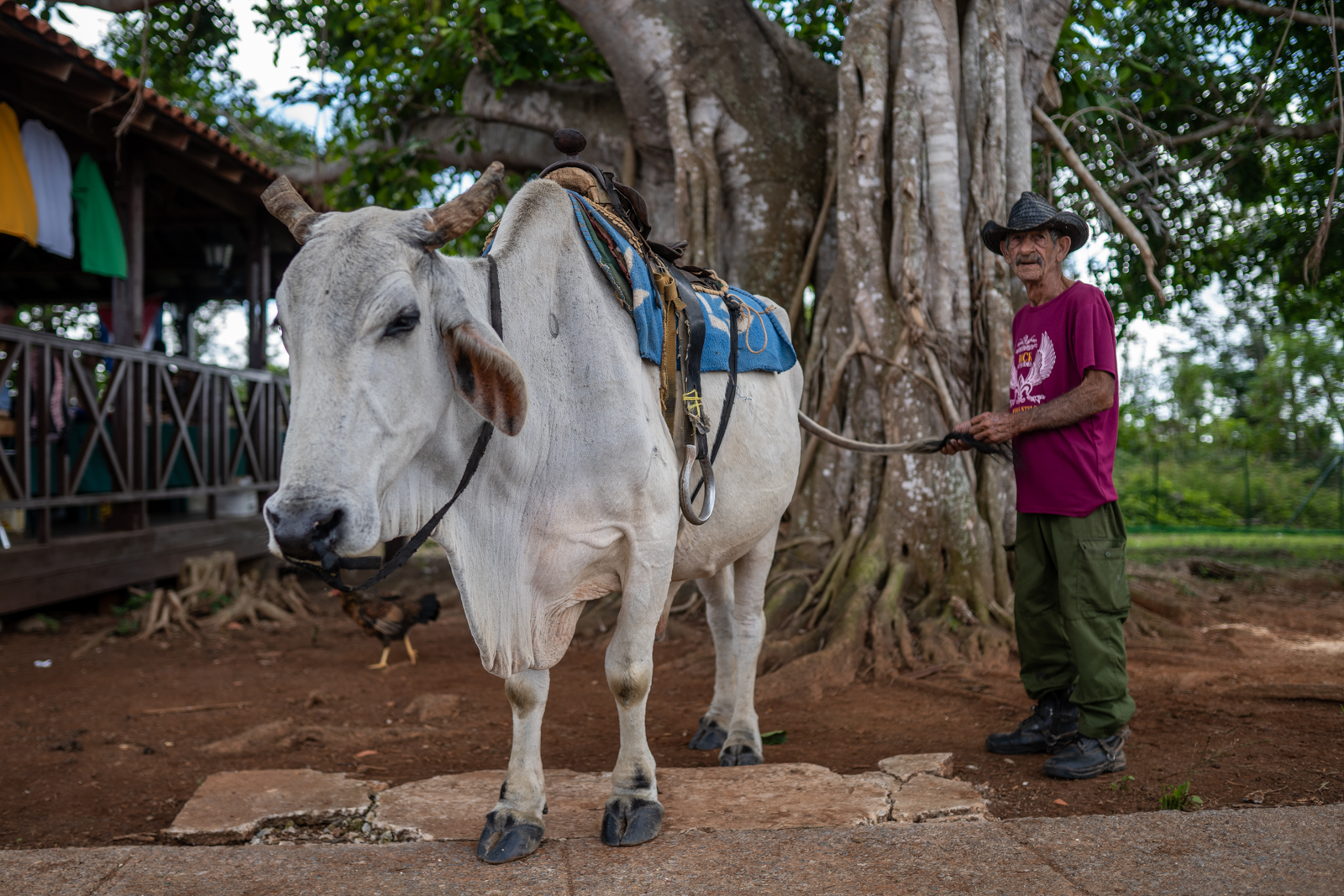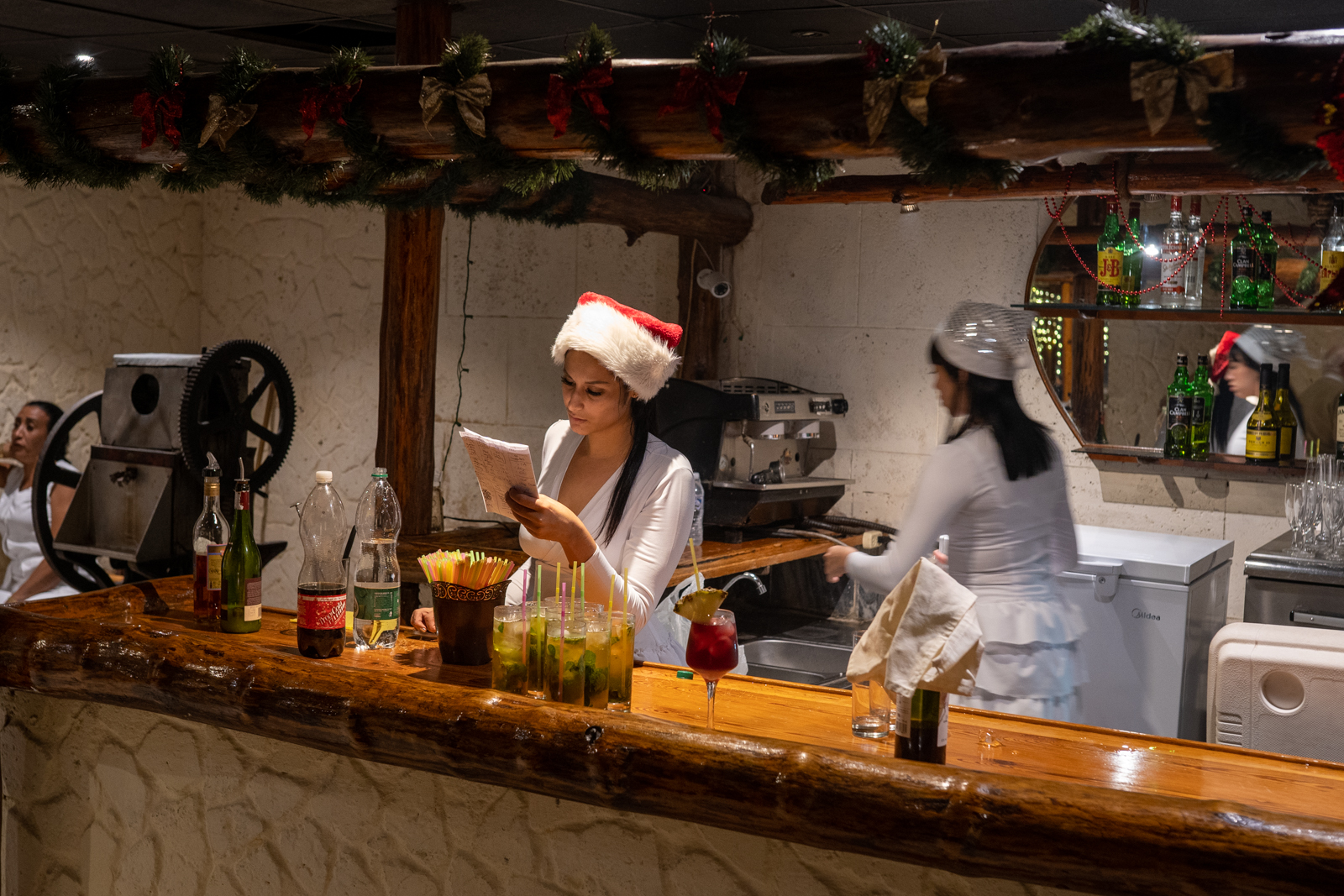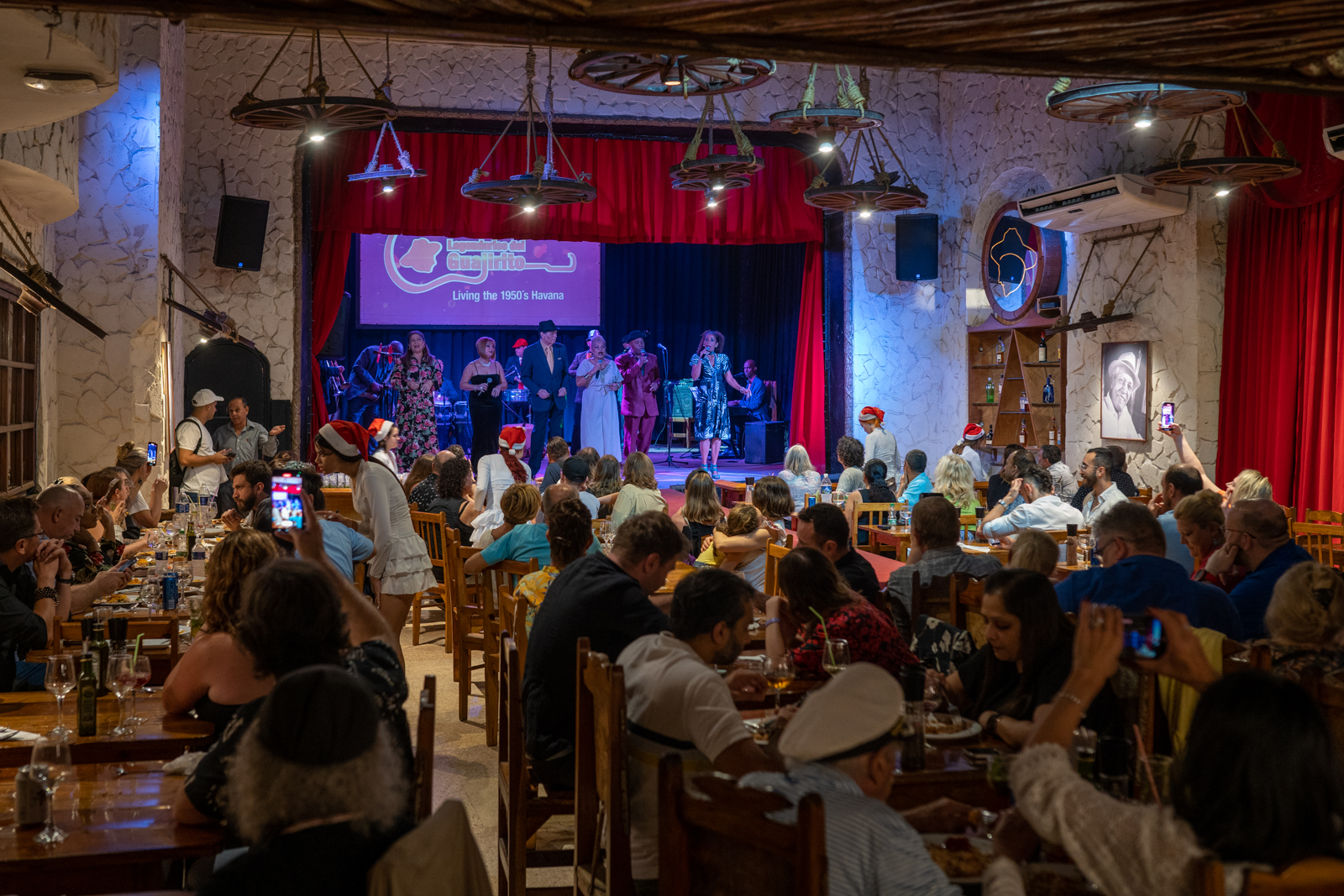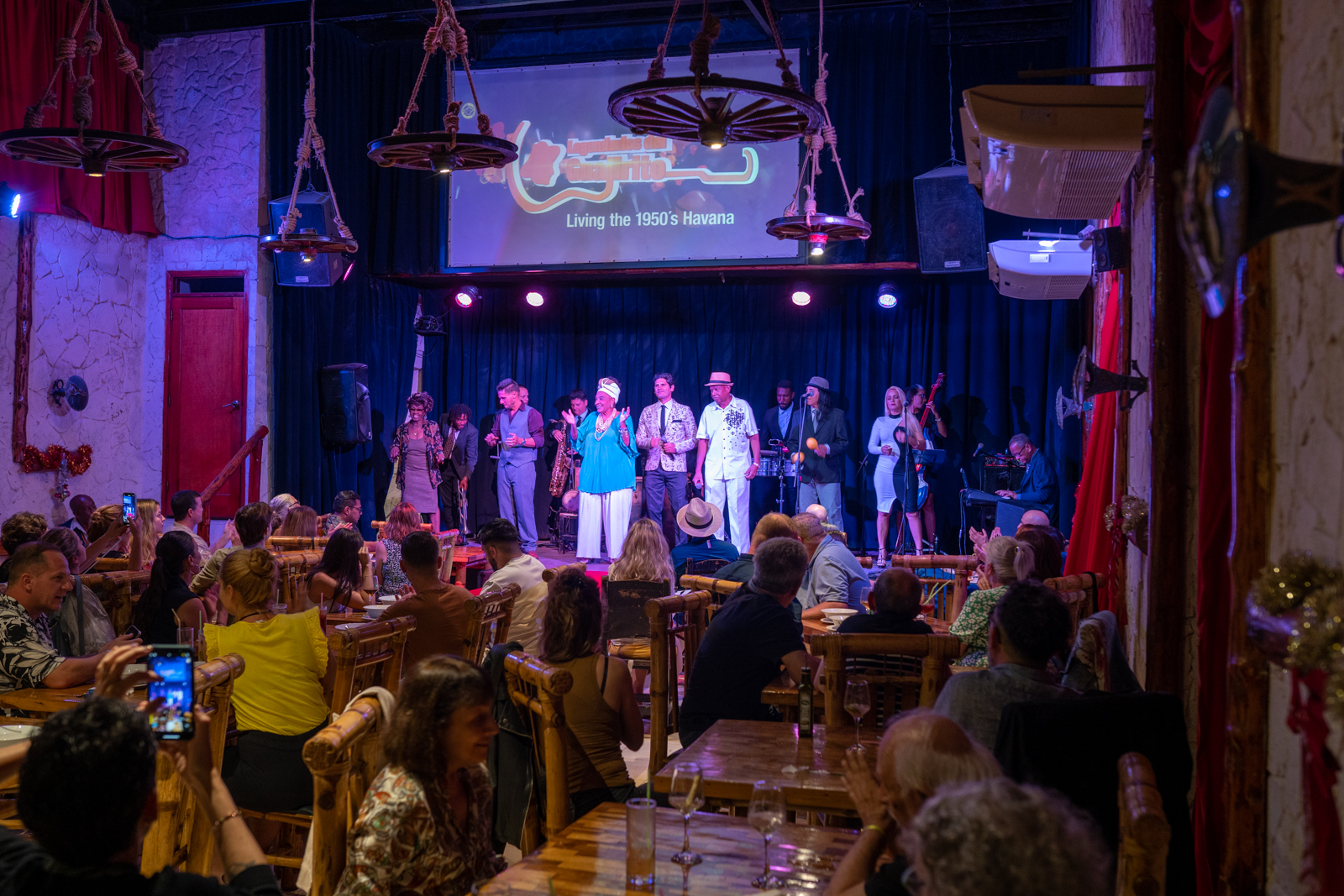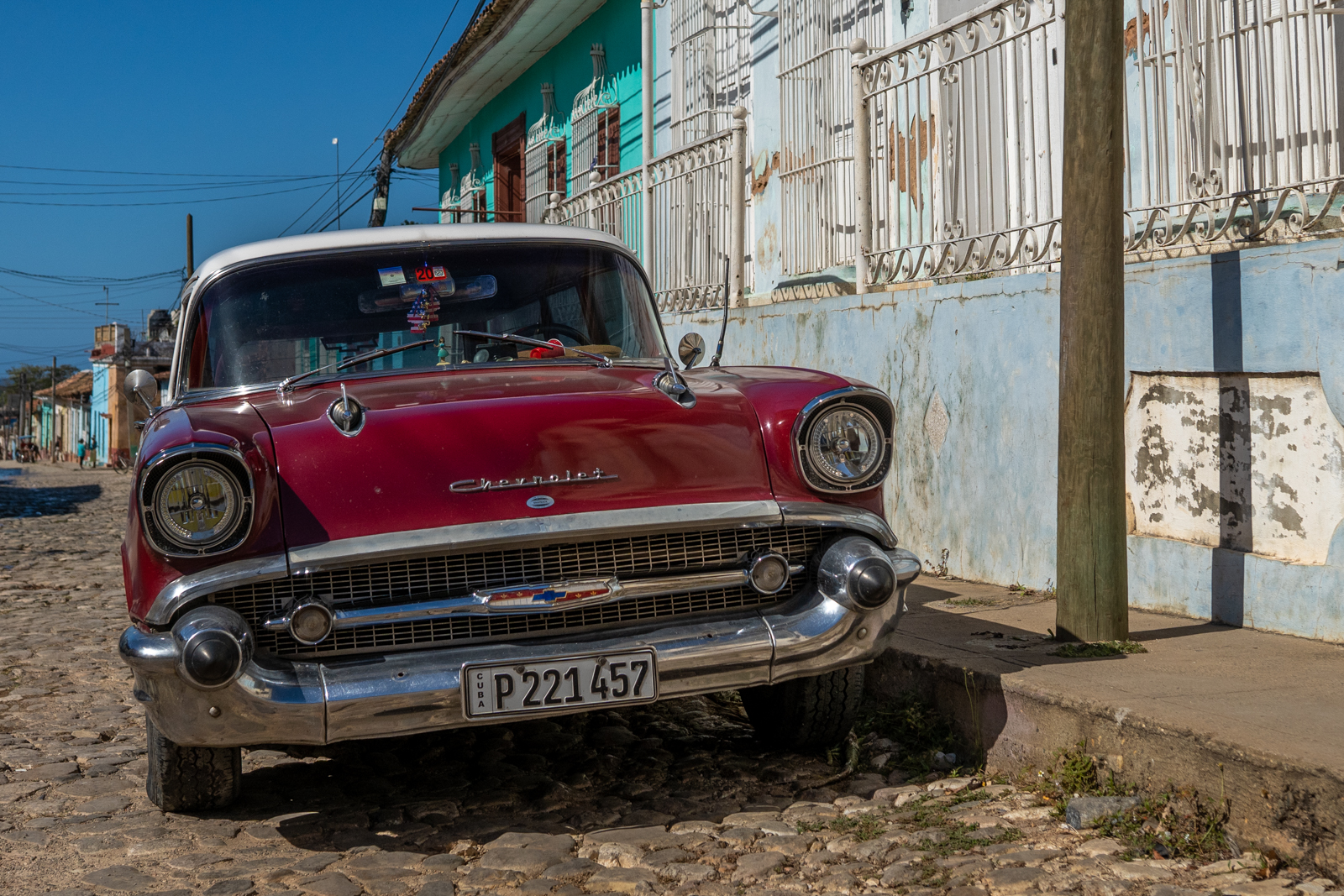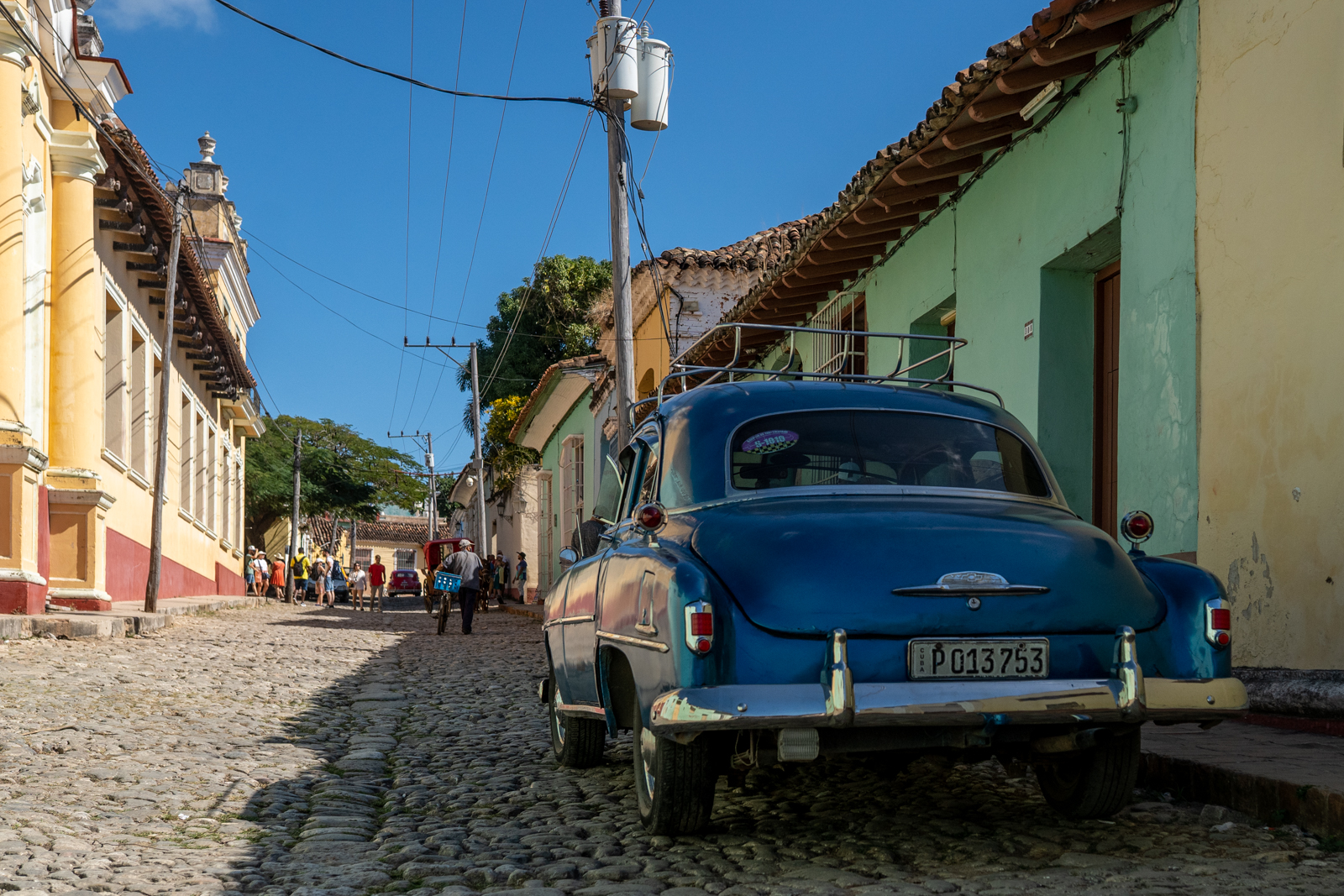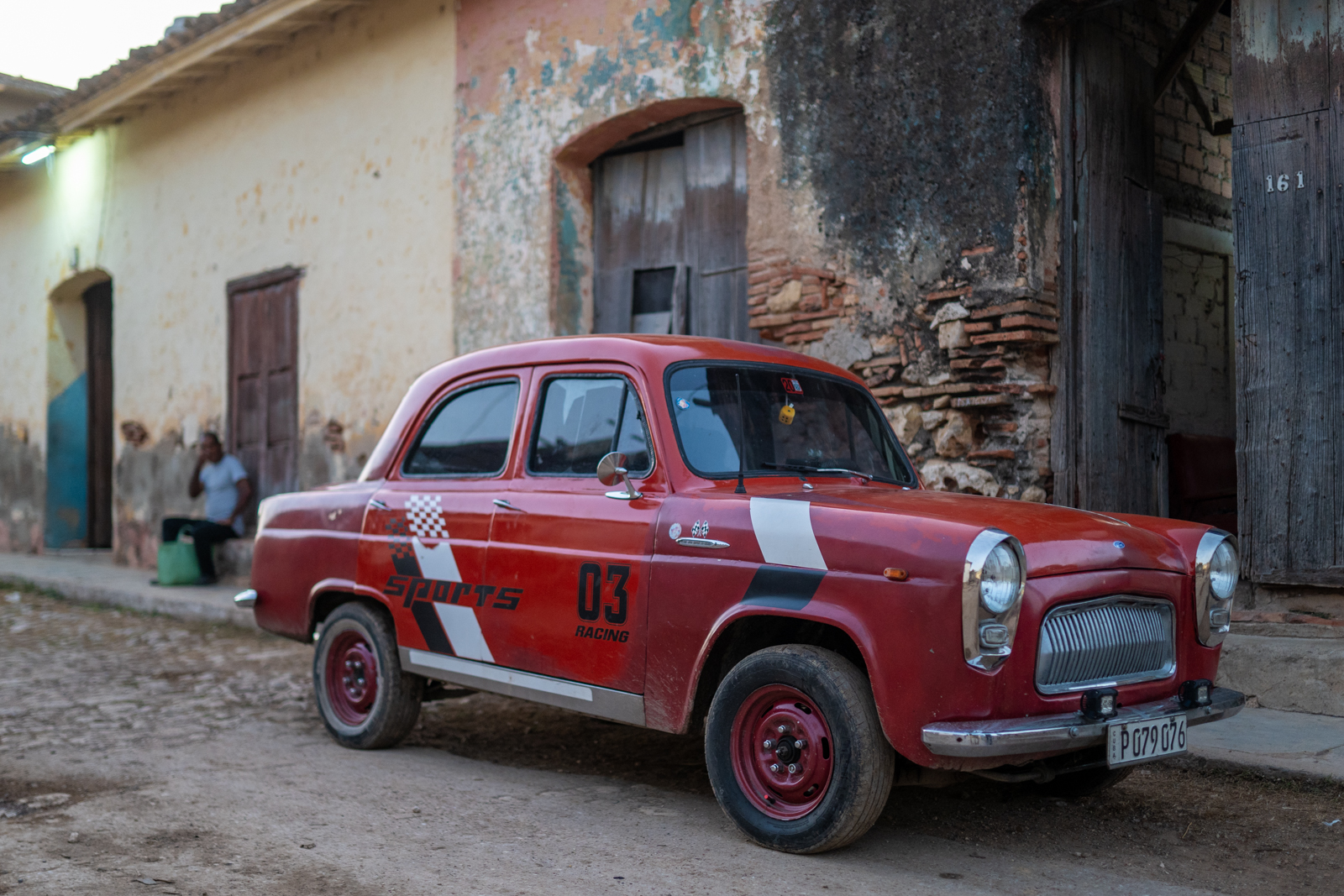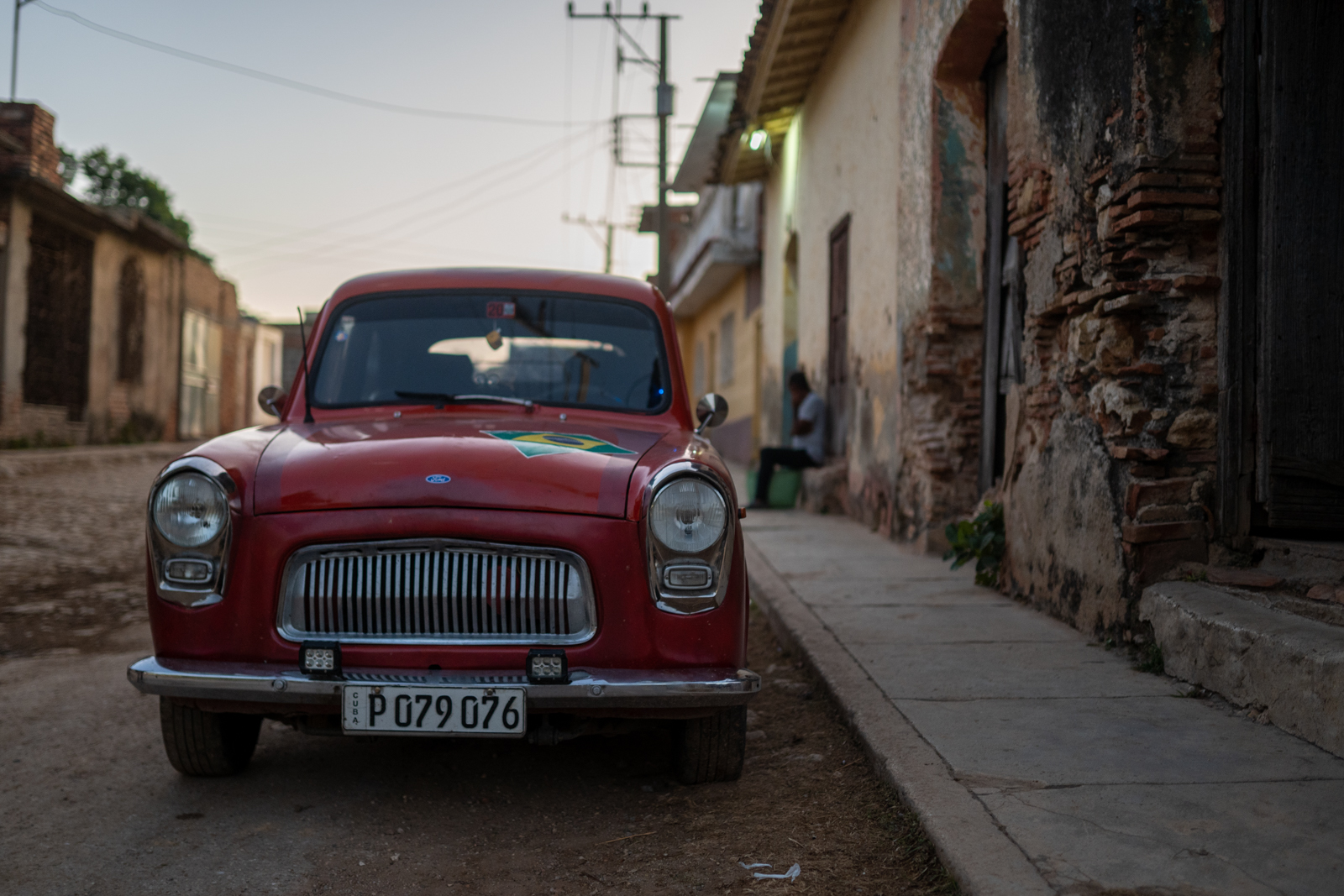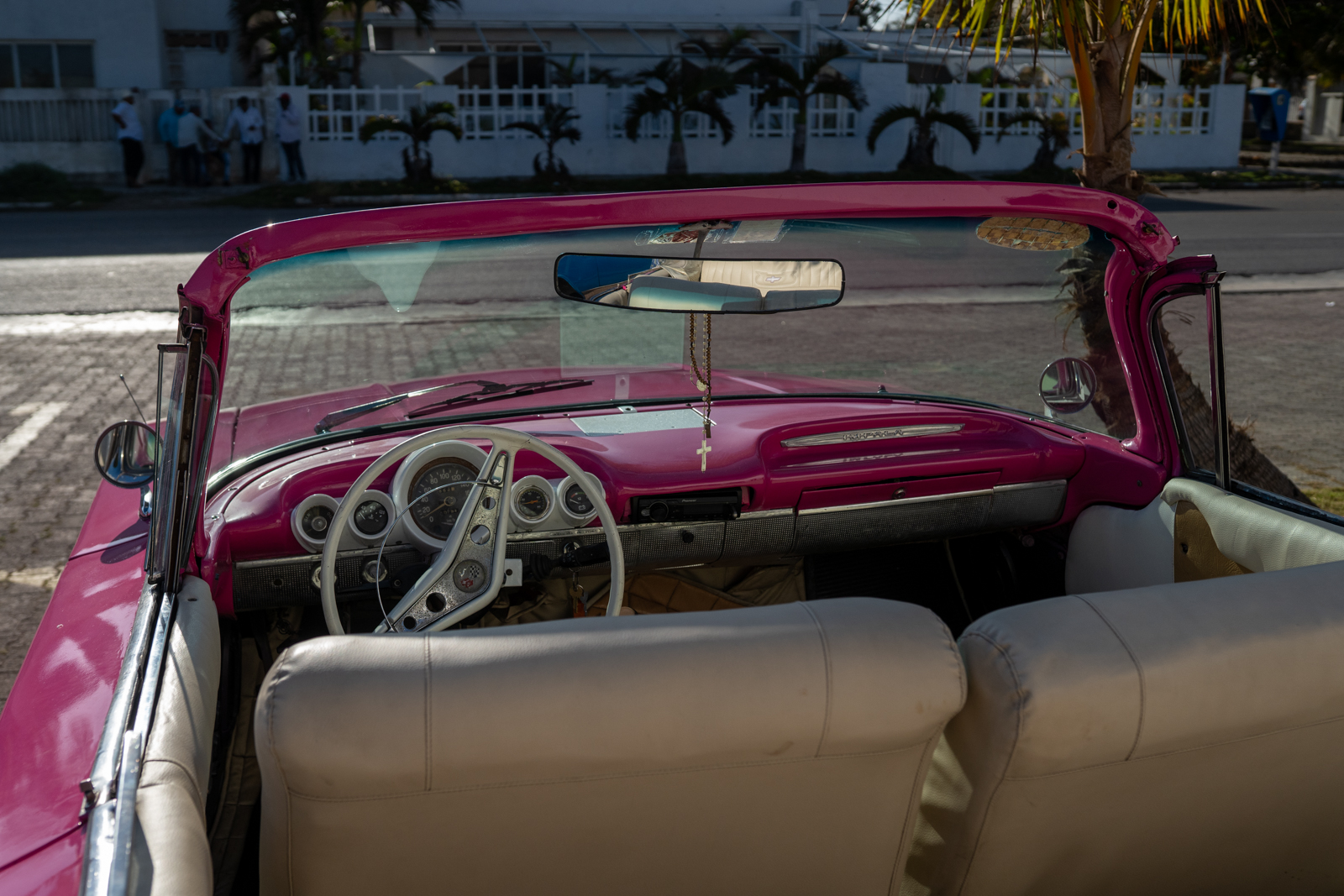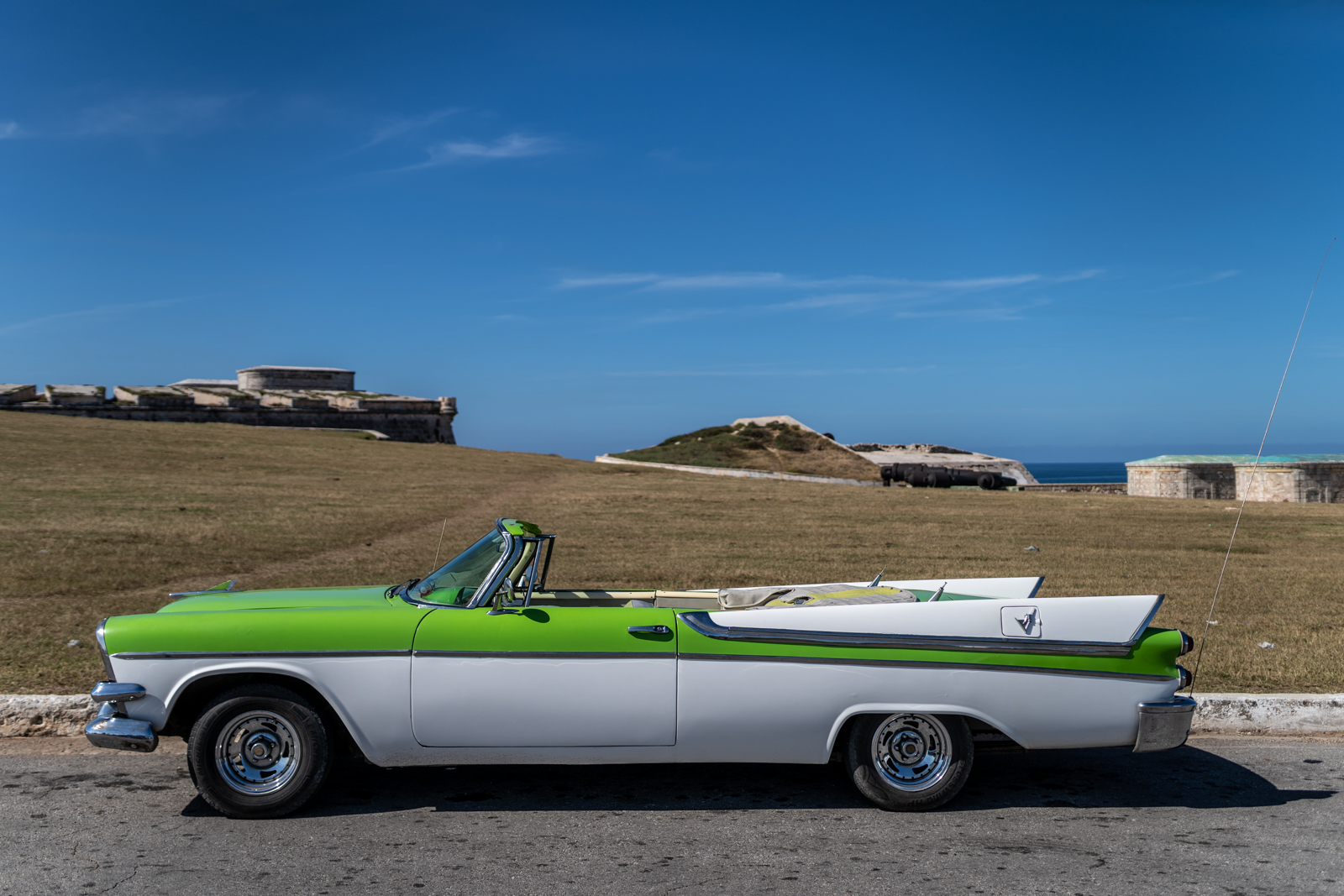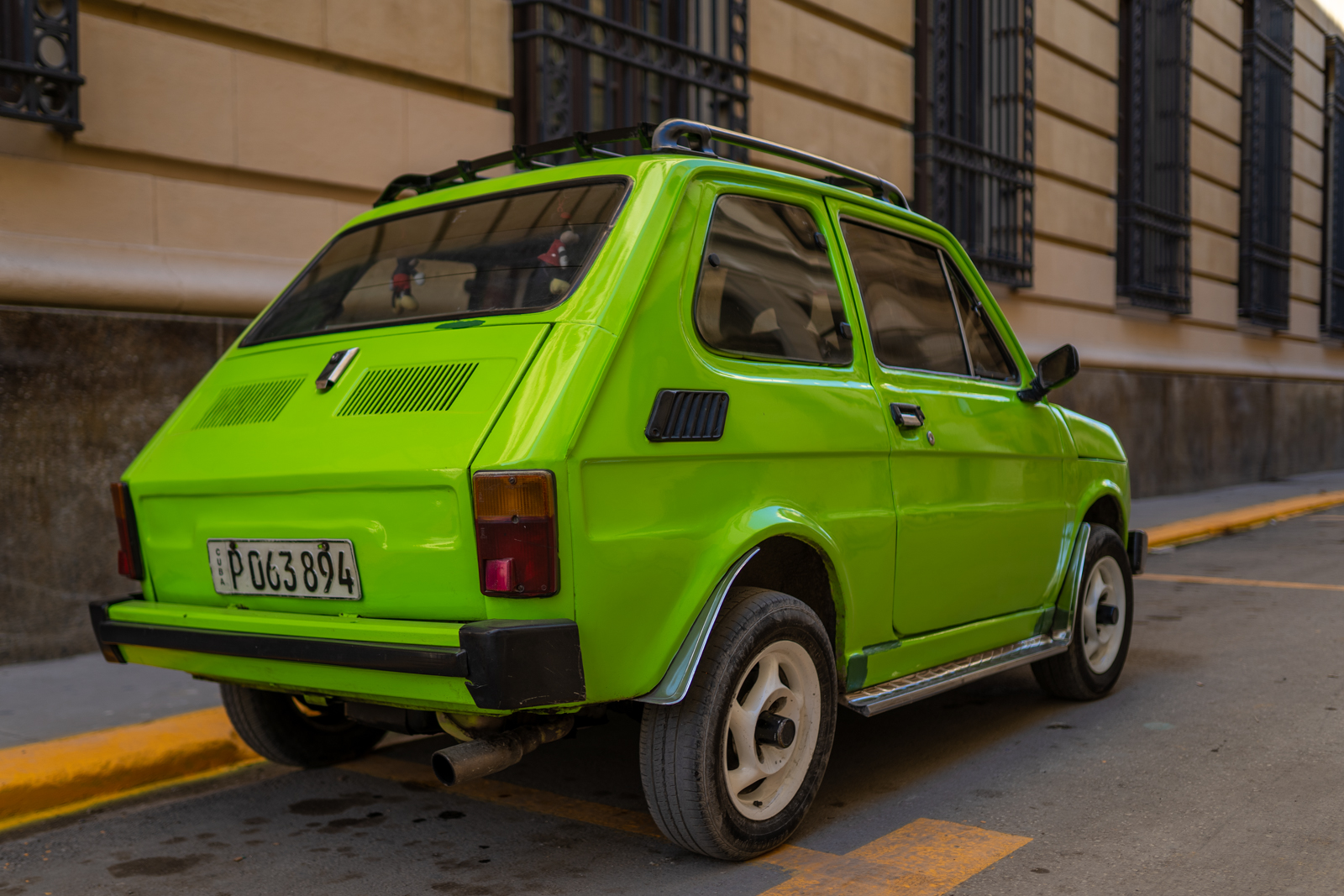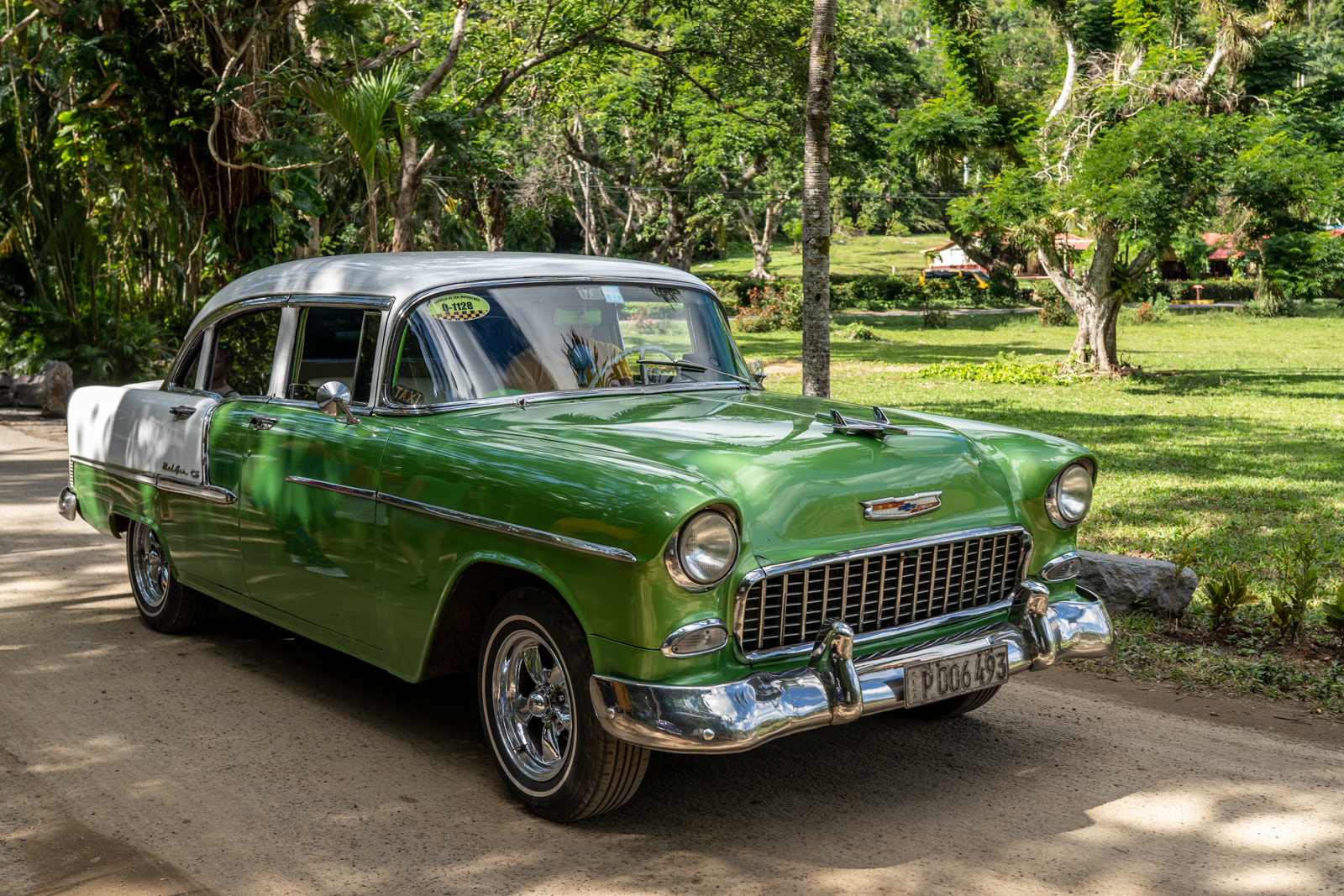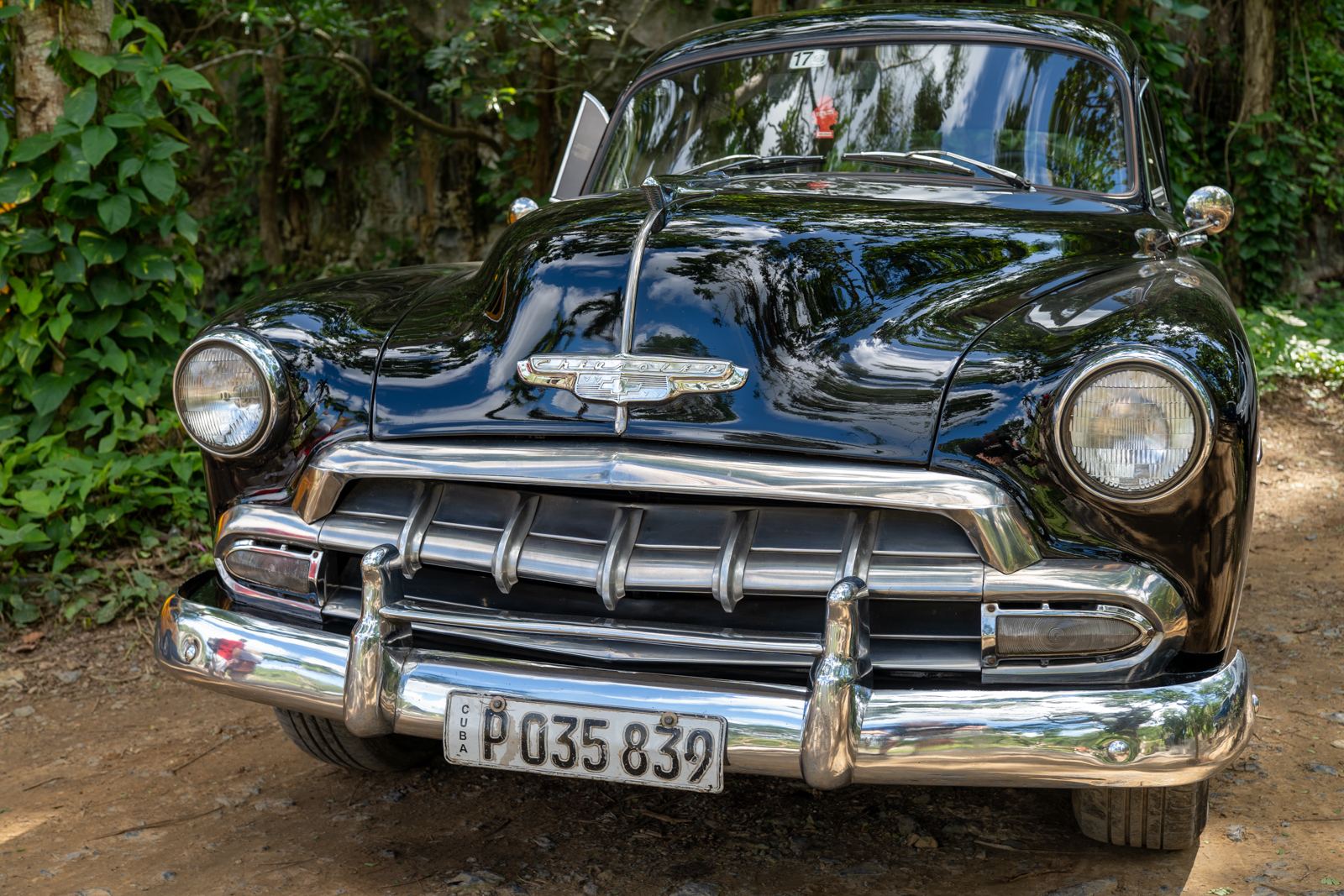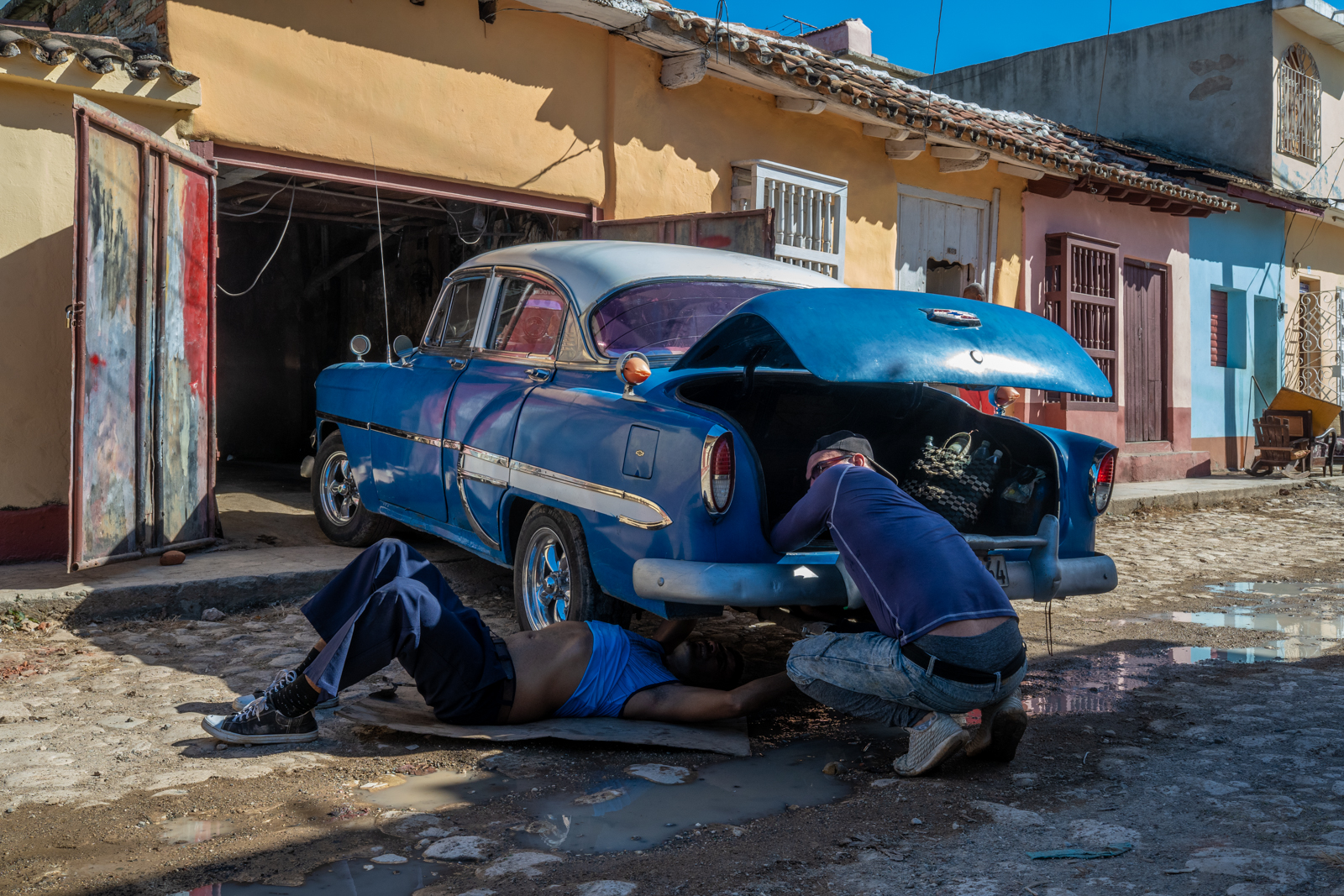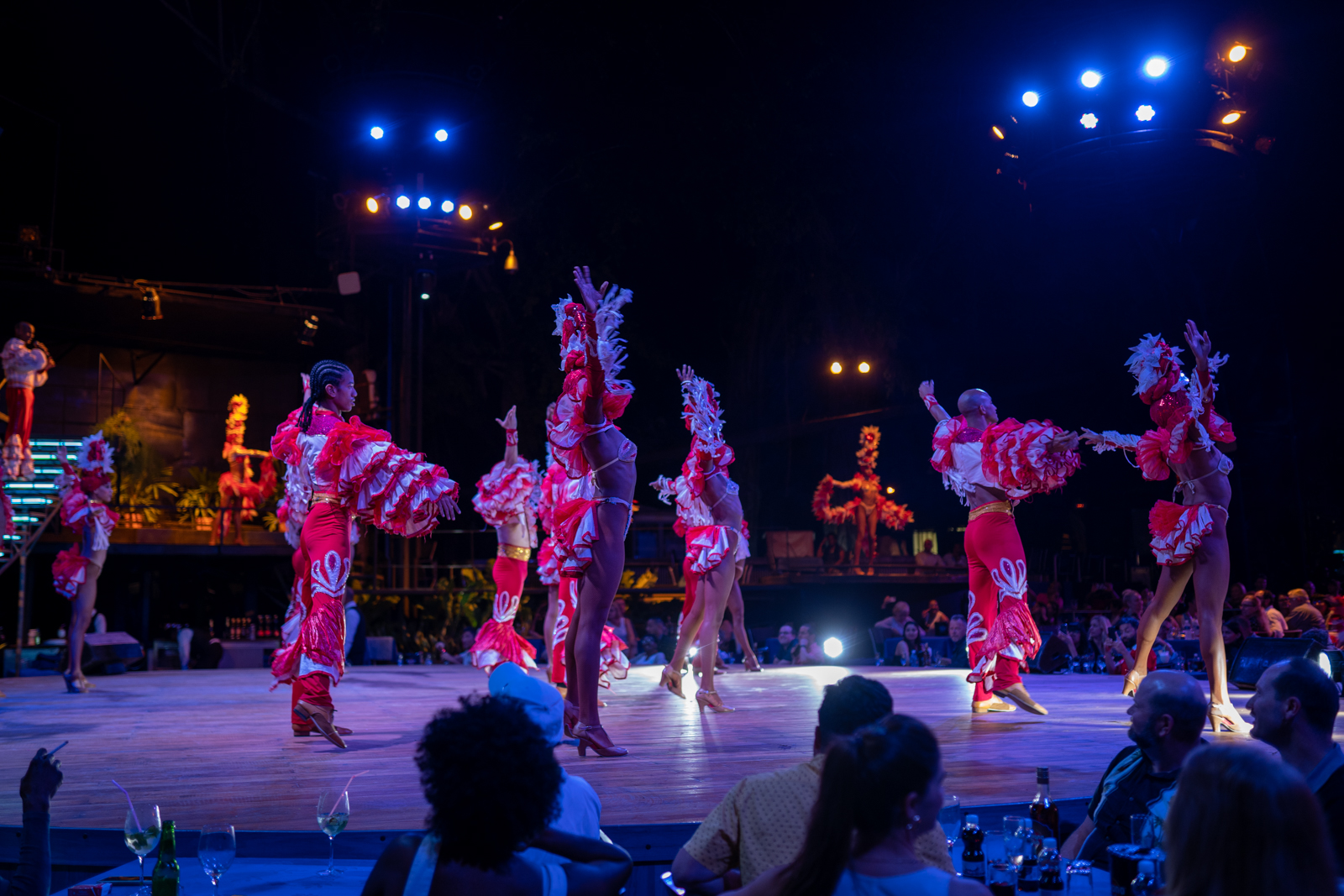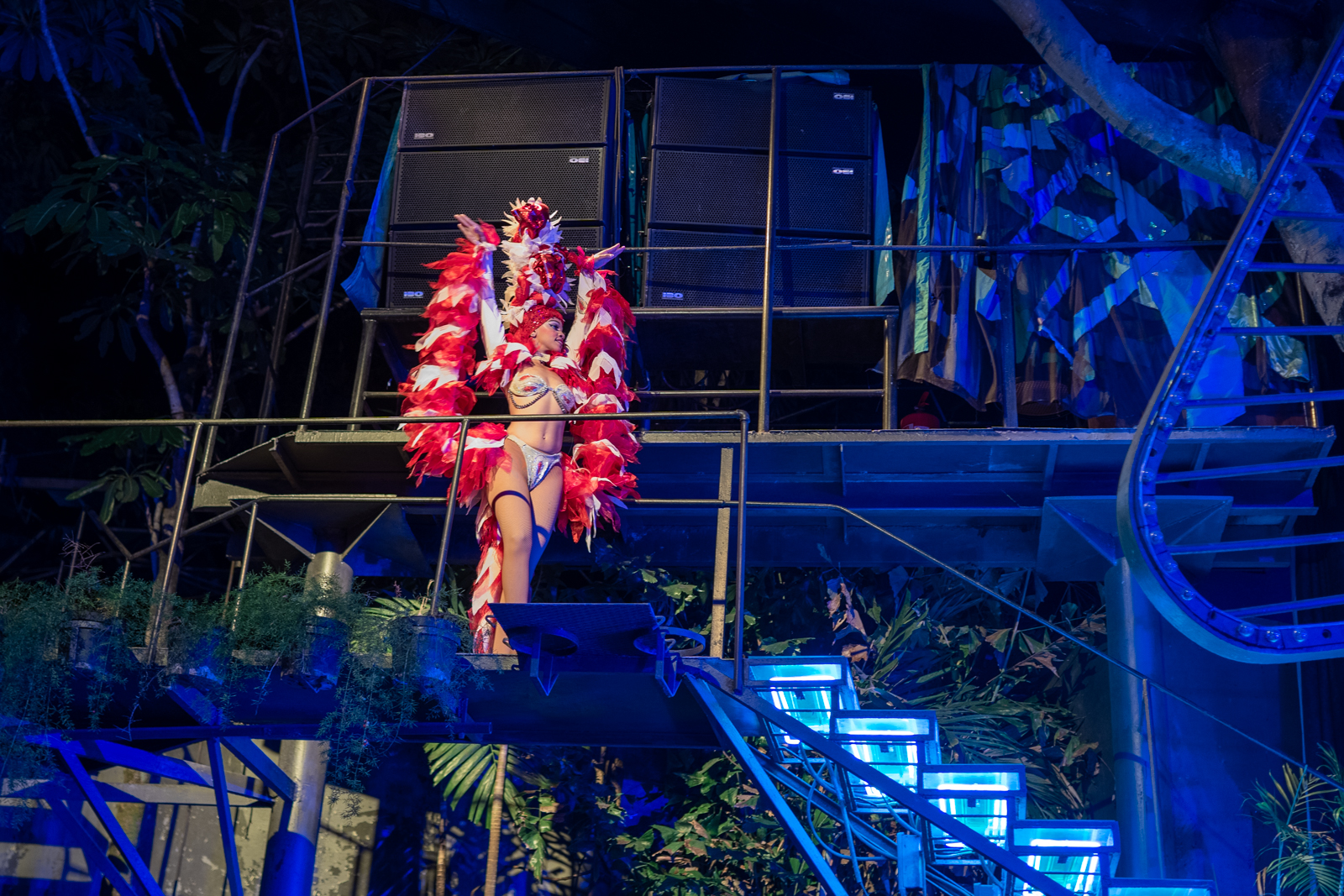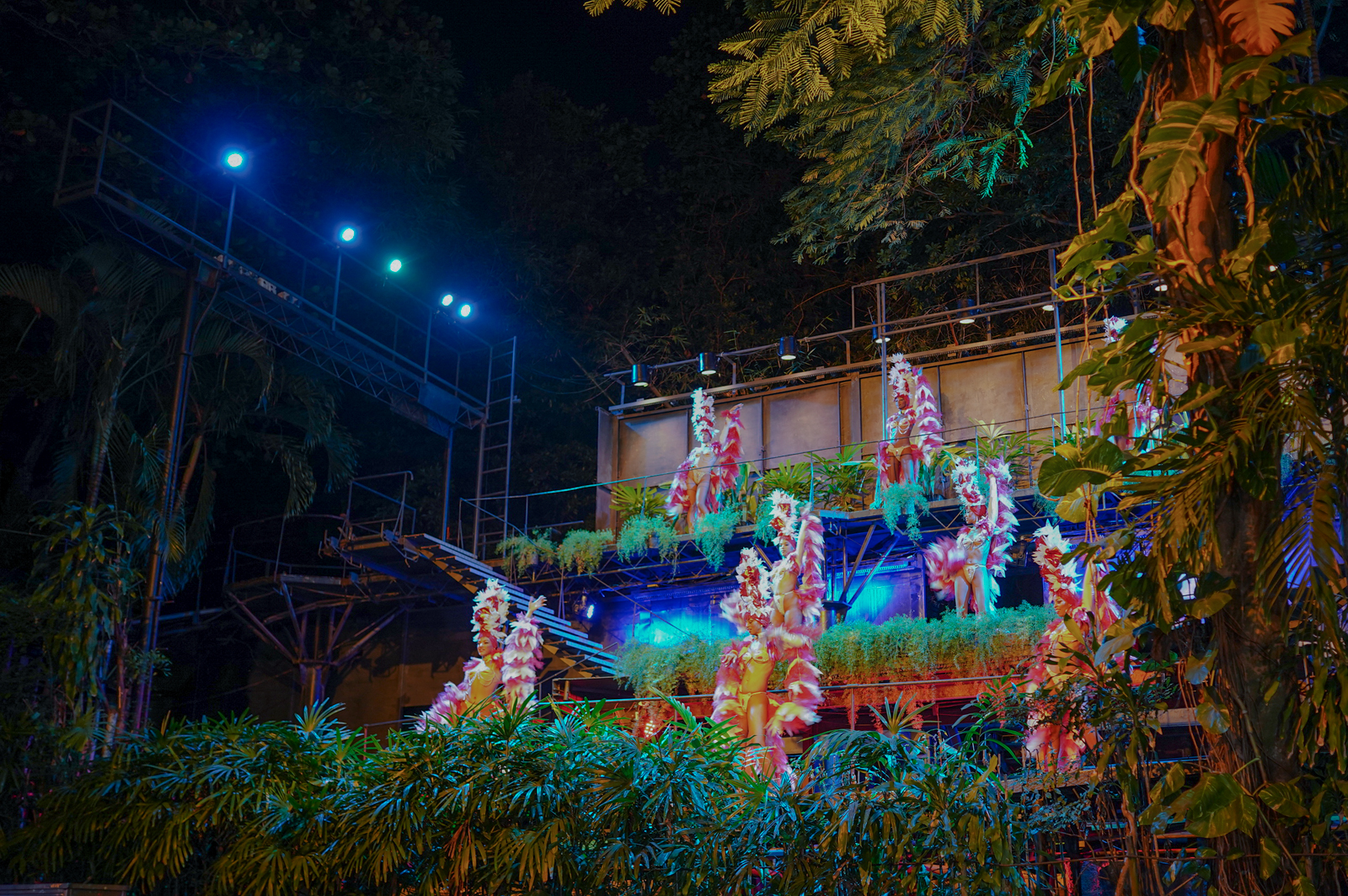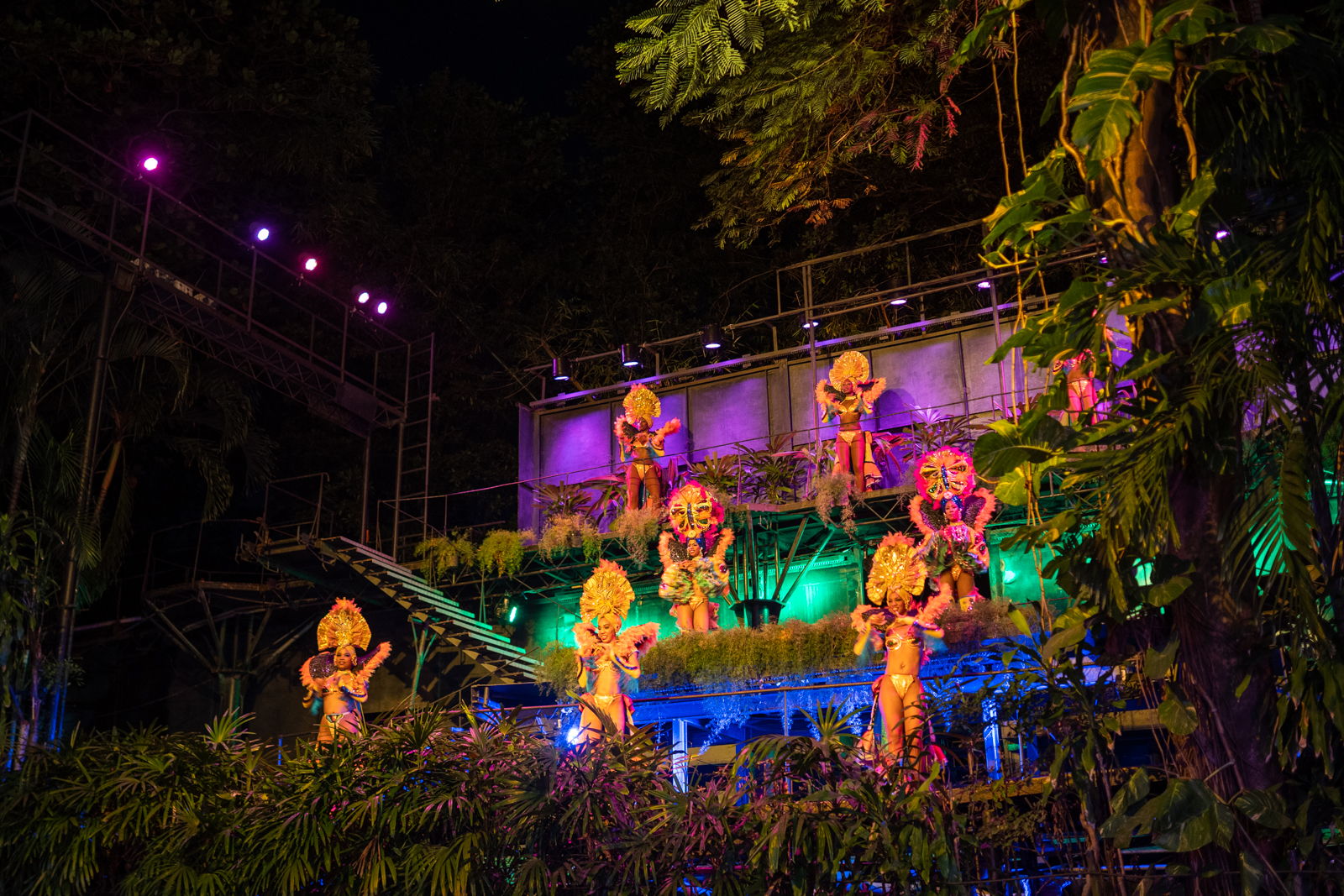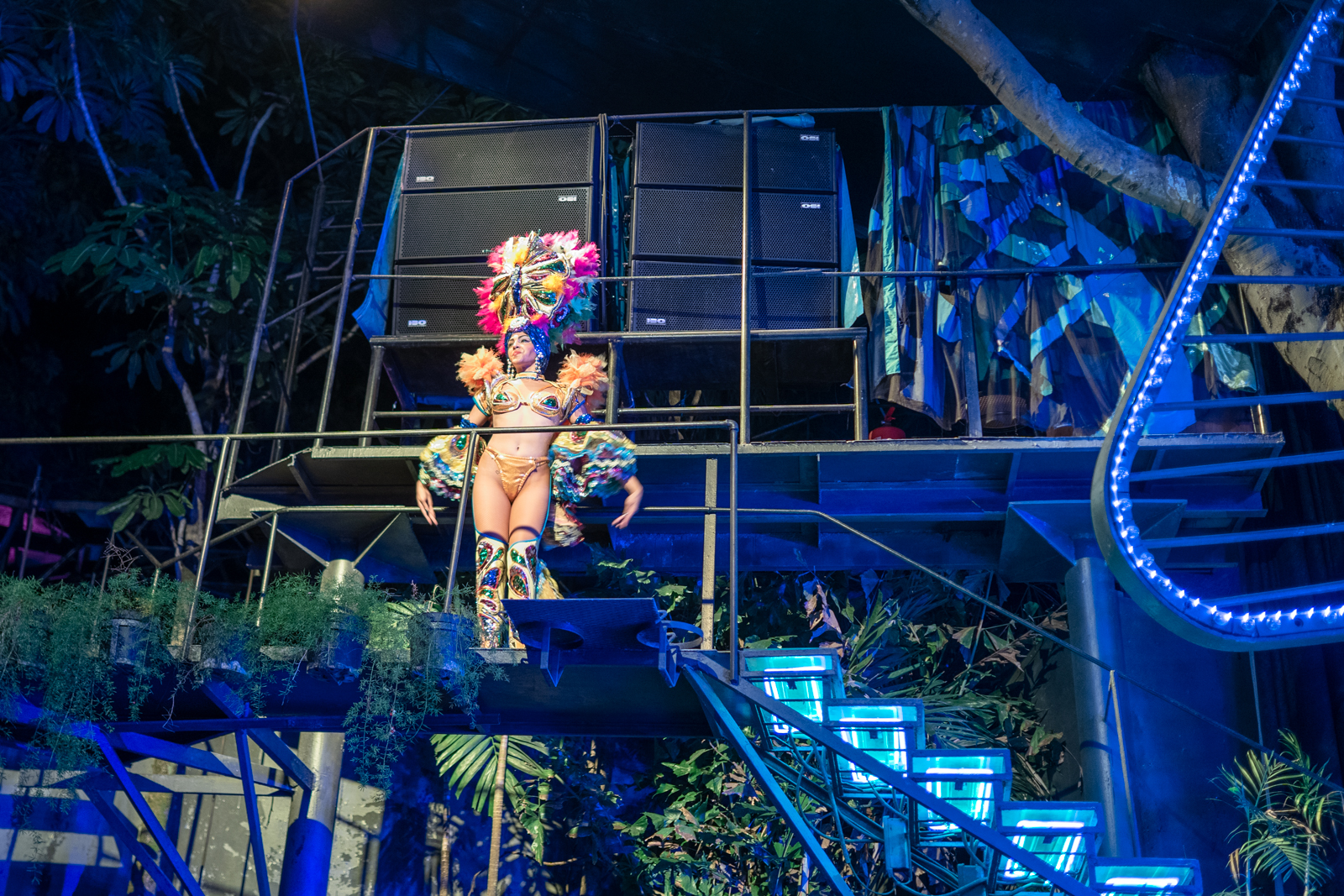Cuba, officially the Republic of Cuba is an island country comprising the island of Cuba, as well as Isla de la Juventud and several minor archipelagos. Cuba is located where the northern Caribbean Sea, Gulf of Mexico, and Atlantic Ocean meet. Cuba is located east of the Yucatán Peninsula (Mexico), south of both the American state of Florida and the Bahamas, west of Hispaniola (Haiti/Dominican Republic), and north of both Jamaica and the Cayman Islands. Havana is the largest city and capital; other major cities include Santiago de Cuba and Camagüey.
Cuba is famous for its cigars, its rum made from sugar cane, its ladies, Salsa and other Cuban dance styles, Fidel Castro and Che Guevara, 1950s-era cars, Spanish-colonial architecture, Cuban National Ballet, Buena Vista Social Club and Guantanamo Bay.
There are an estimated 60-70,000 vintage cars in Cuba, from classic American models like Chevrolets, Buicks, Chryslers, Oldsmobiles and Fords to Soviet-era Volgas and Ladas. About half of them date back to the 1950s, the rest are even older. In the USA or UK these cars would be historic artifacts, locked carefully in a temperature-controlled garage, lovingly buffed every week, and driven only on the most special occasions. But in Cuba they are people’s daily runarounds, used as standard for picking up friends or running errands.
Cuba is well-known for its lively dance scene which dives influences from both African and Spanish music. The mambo, charanga, rumba, cha-cha, and danzon are all popular types of traditional music that the Cubans still enjoy to date. Their most famous type of music, salsa, evolved over time from a blend of these different types of music.
The history of the first coffee plantations in Cuba, founded at the end of the 18th century, attracted UNESCO’s interest. Since 2000, one of the world’s cultural heritage sites – landscapes in the southeast of the country in the Sierra Maestra, Guantanamo and Santiago de Cuba provinces. Of more than 2,000 old plantation estates, 170 have survived. There, all the details of the thoughtful and rich lifestyle and activities of the owners appear before the eyes of travelers – the planter’s house, gardens, production facilities, places for drying, cleaning and roasting coffee fruits. And, of course, the modest or very poor huts of local slaves who worked on the plantations.
